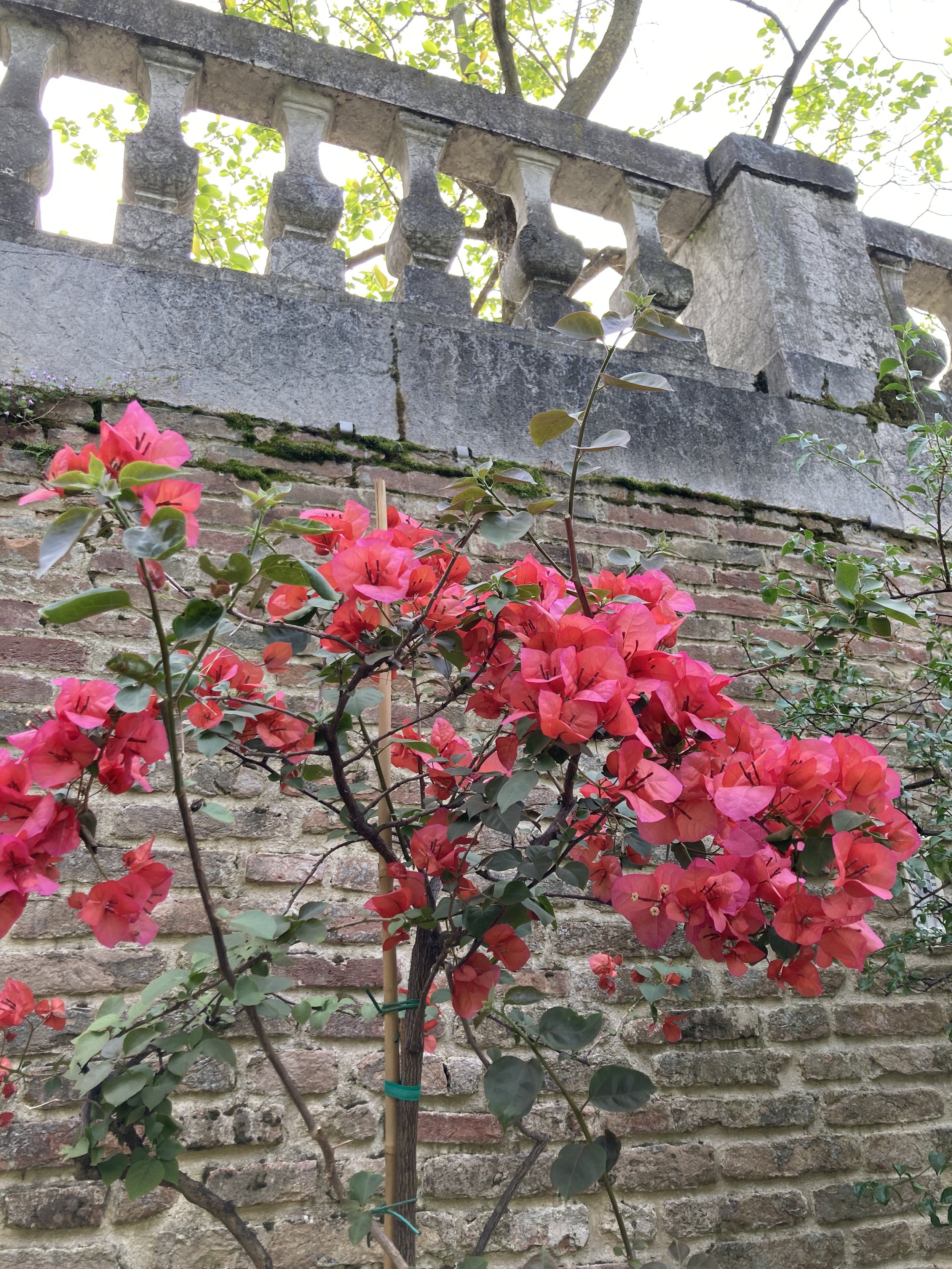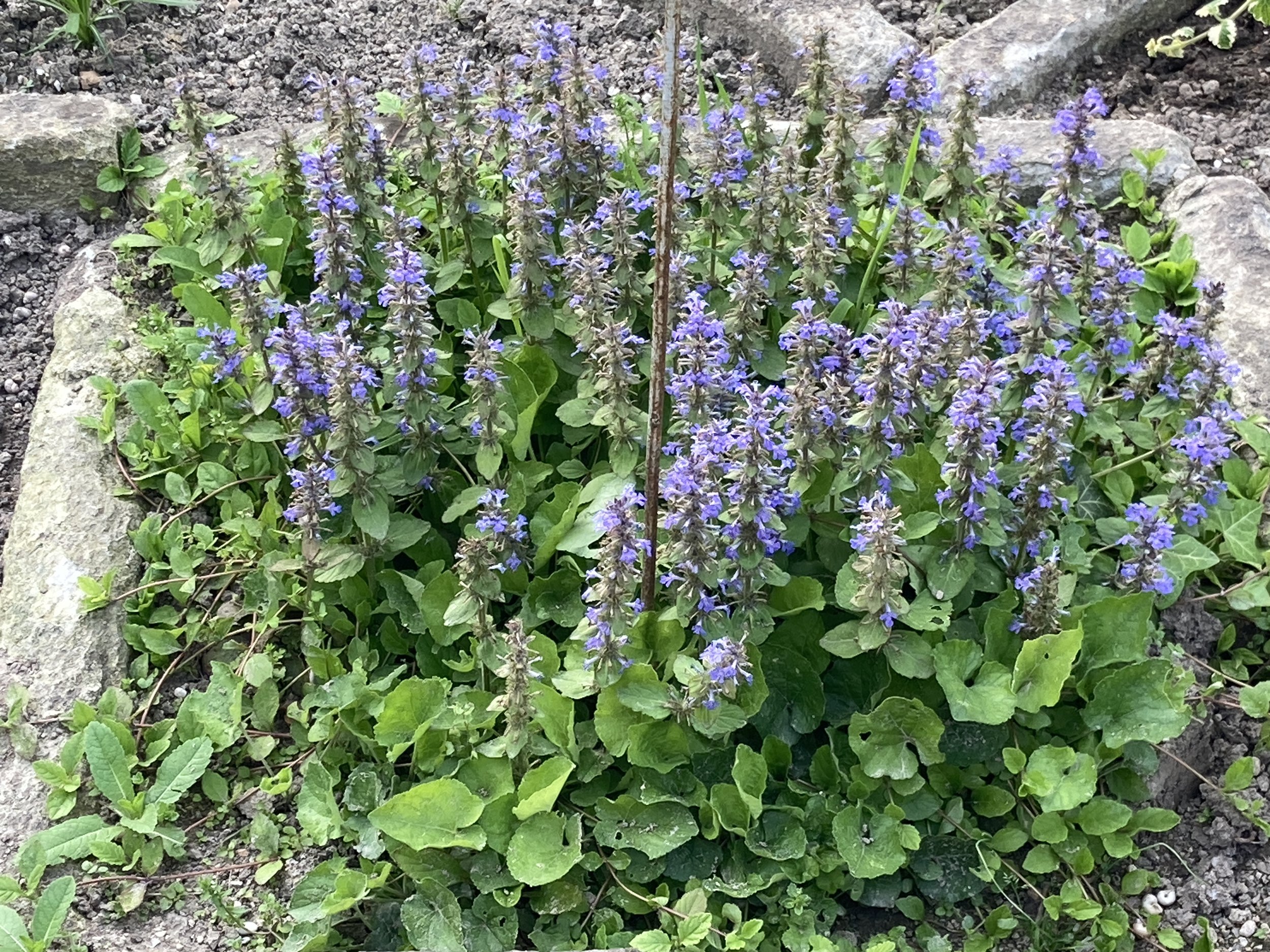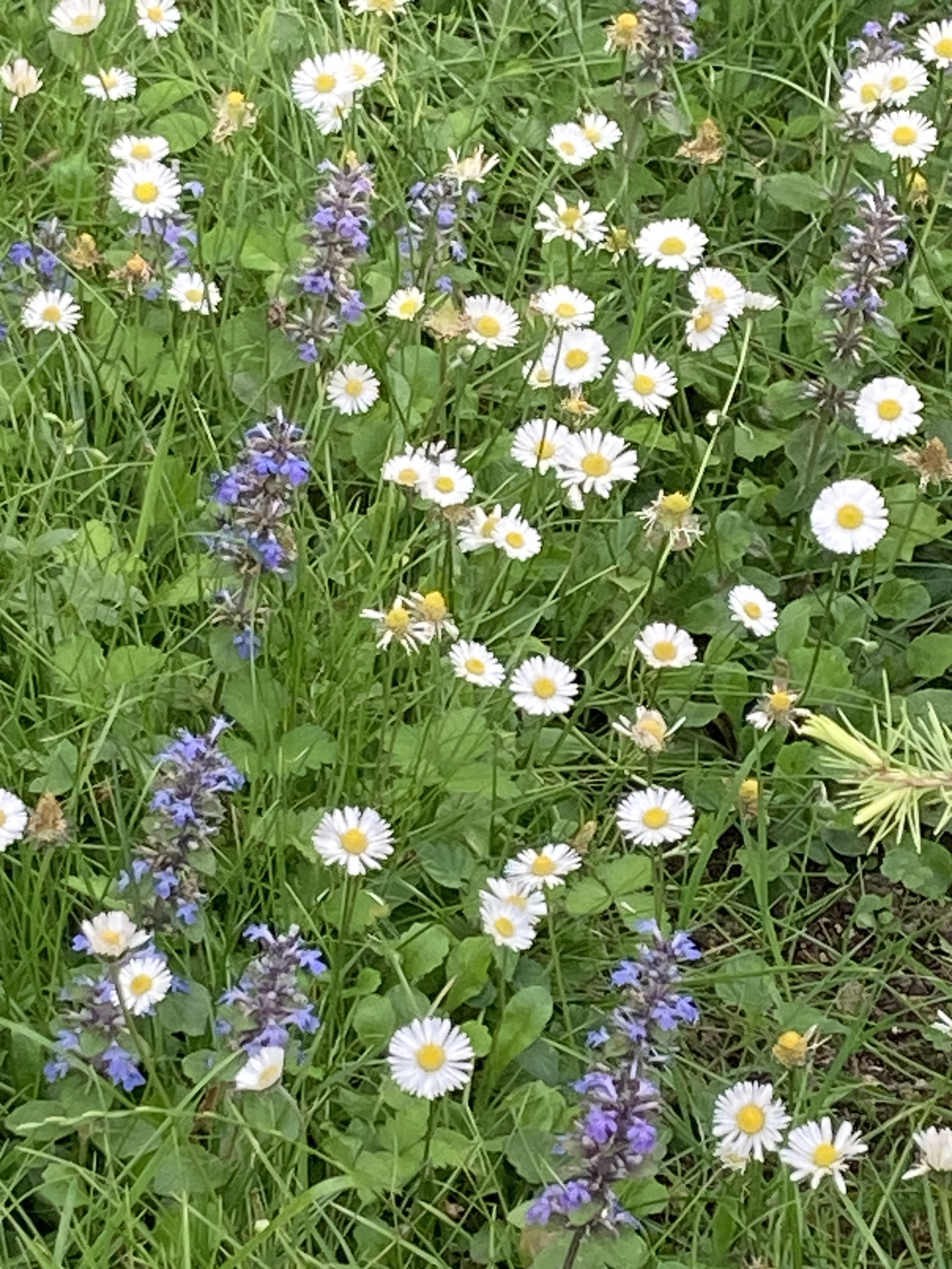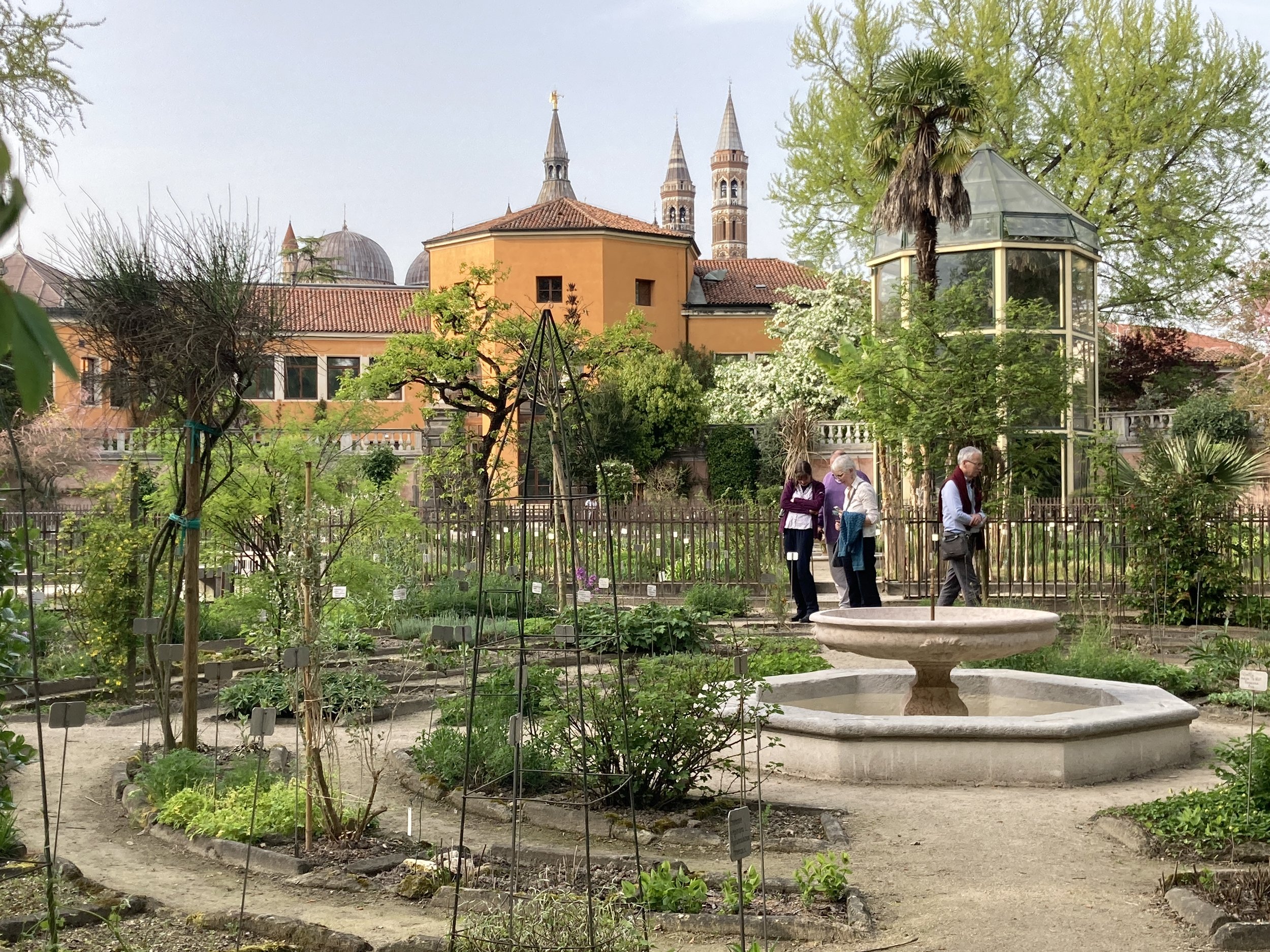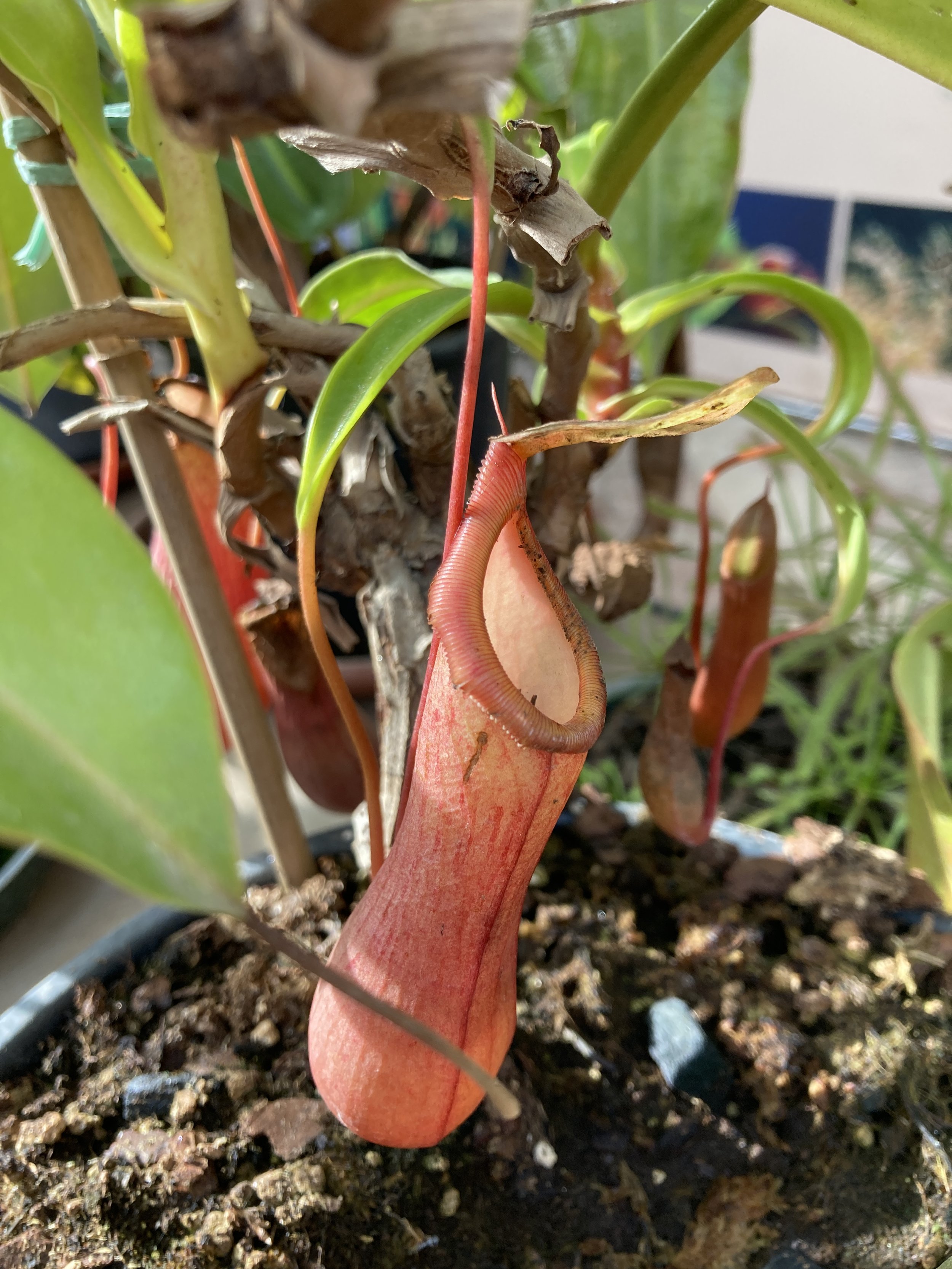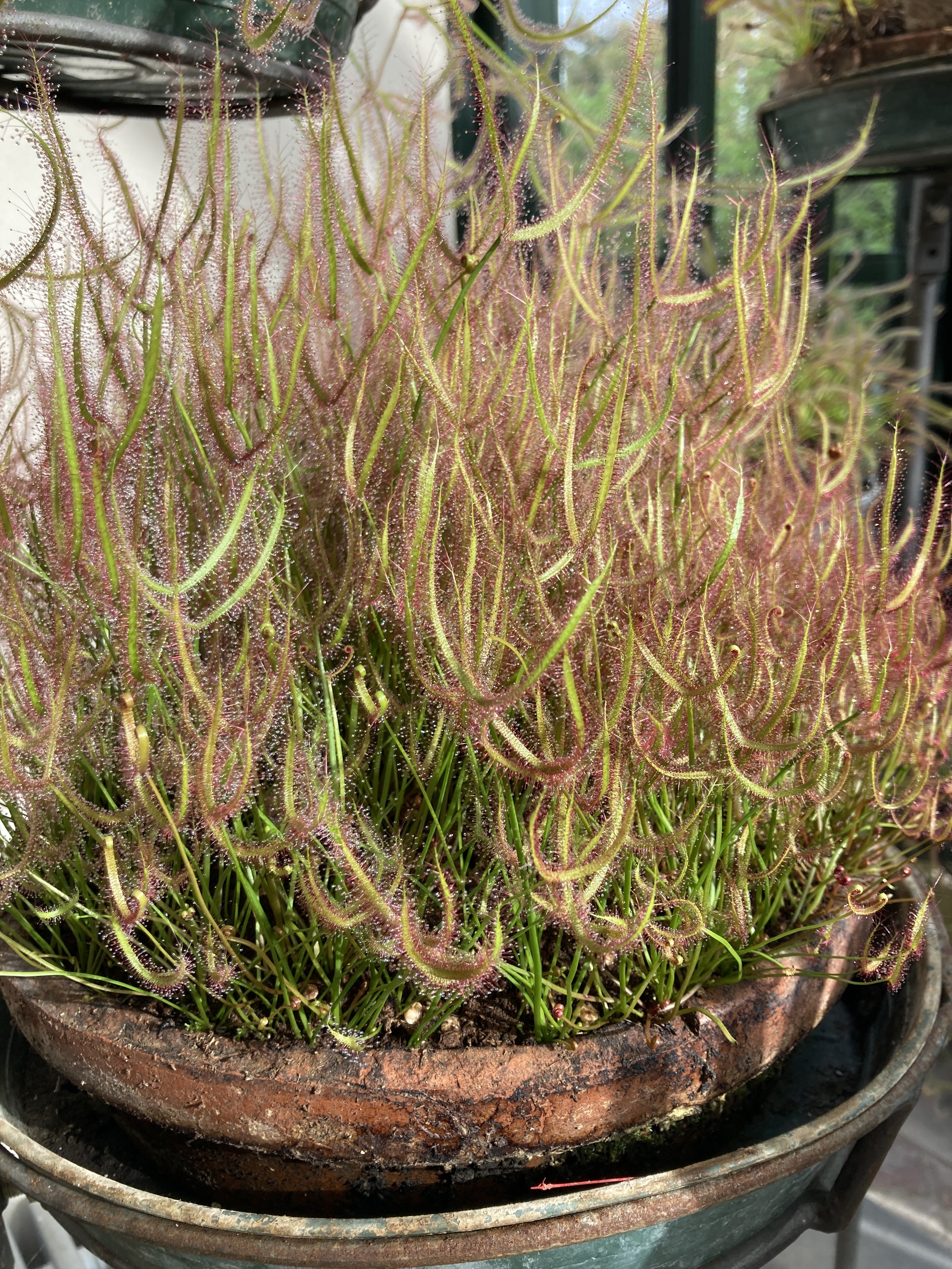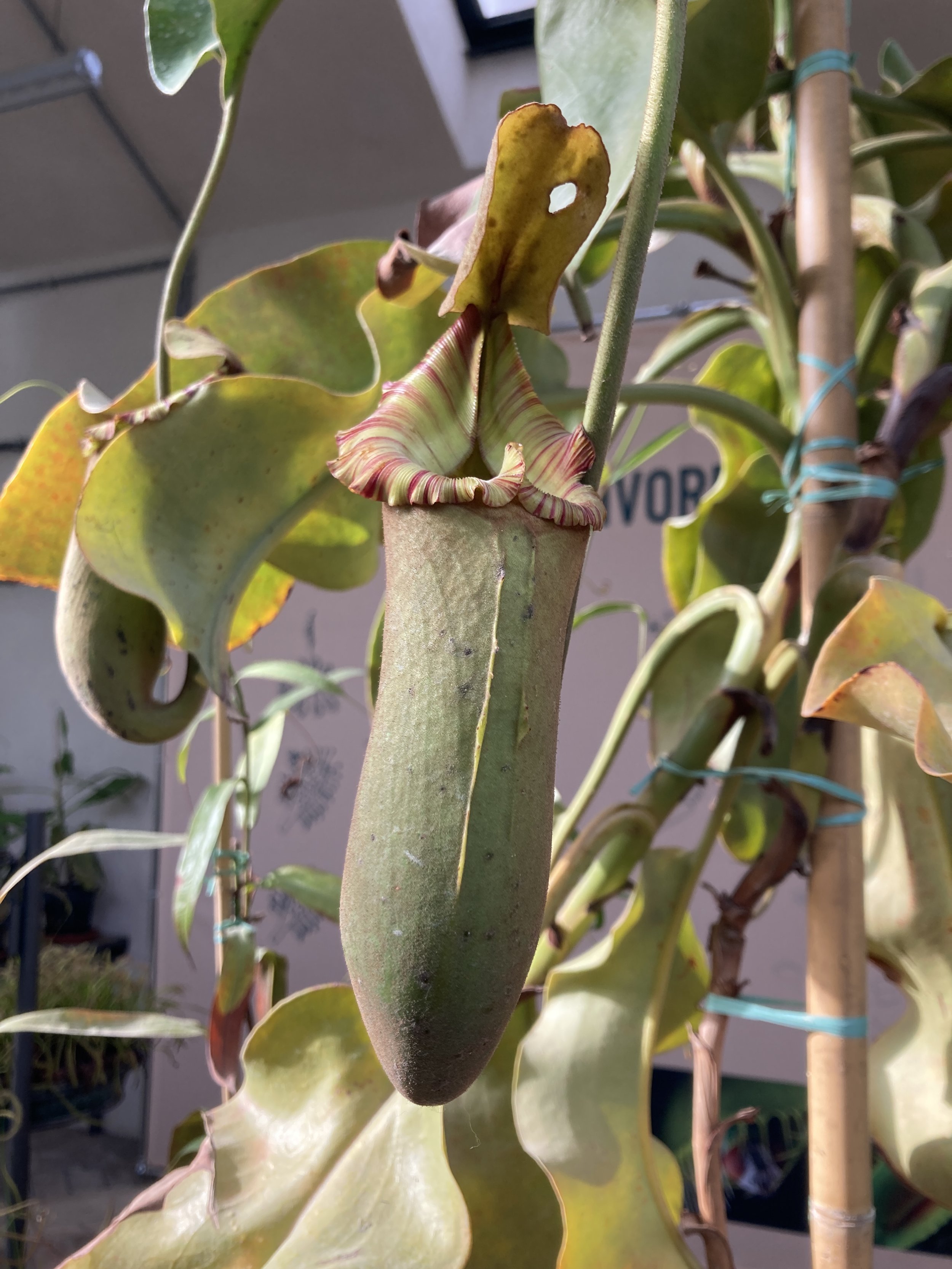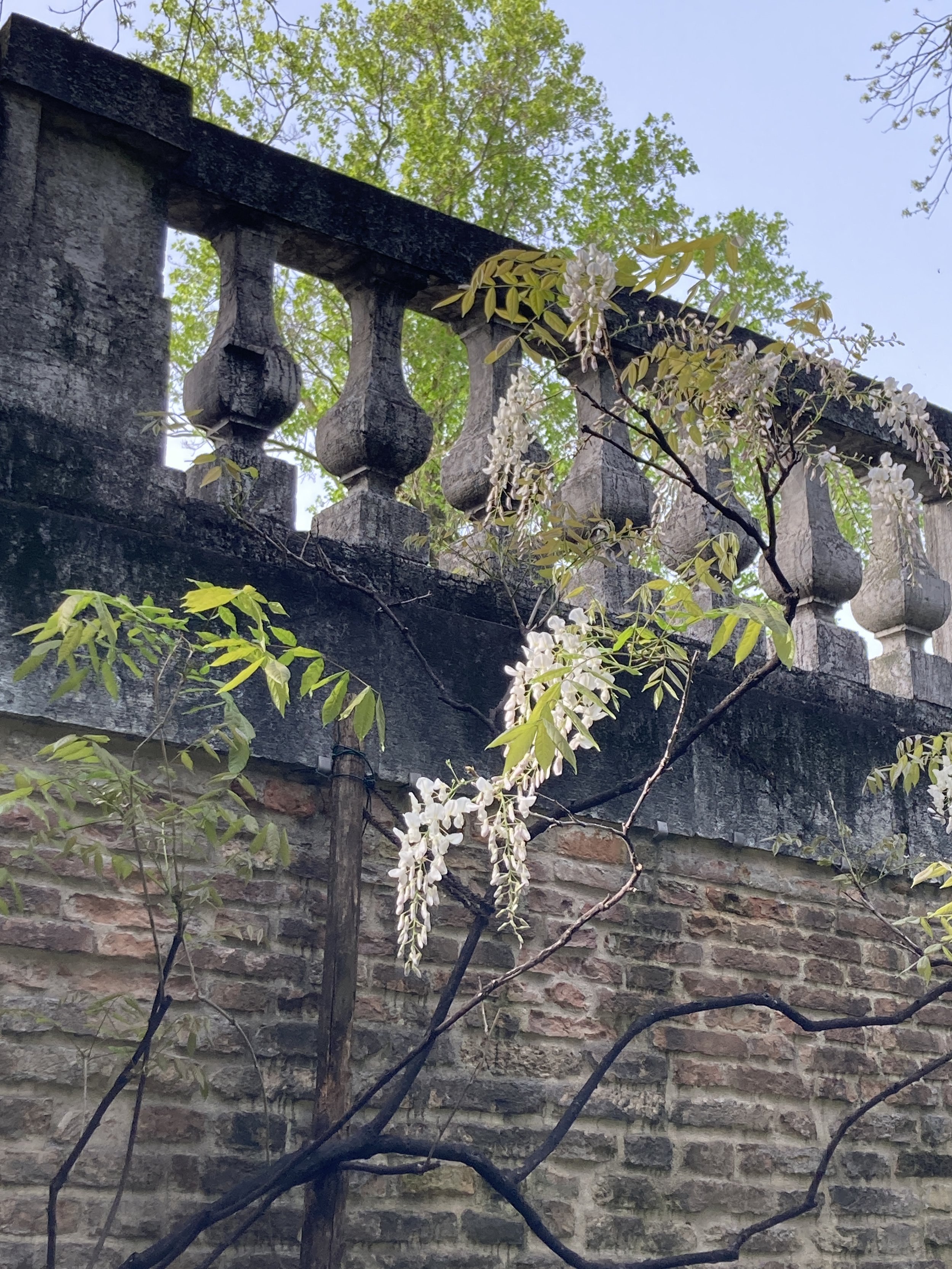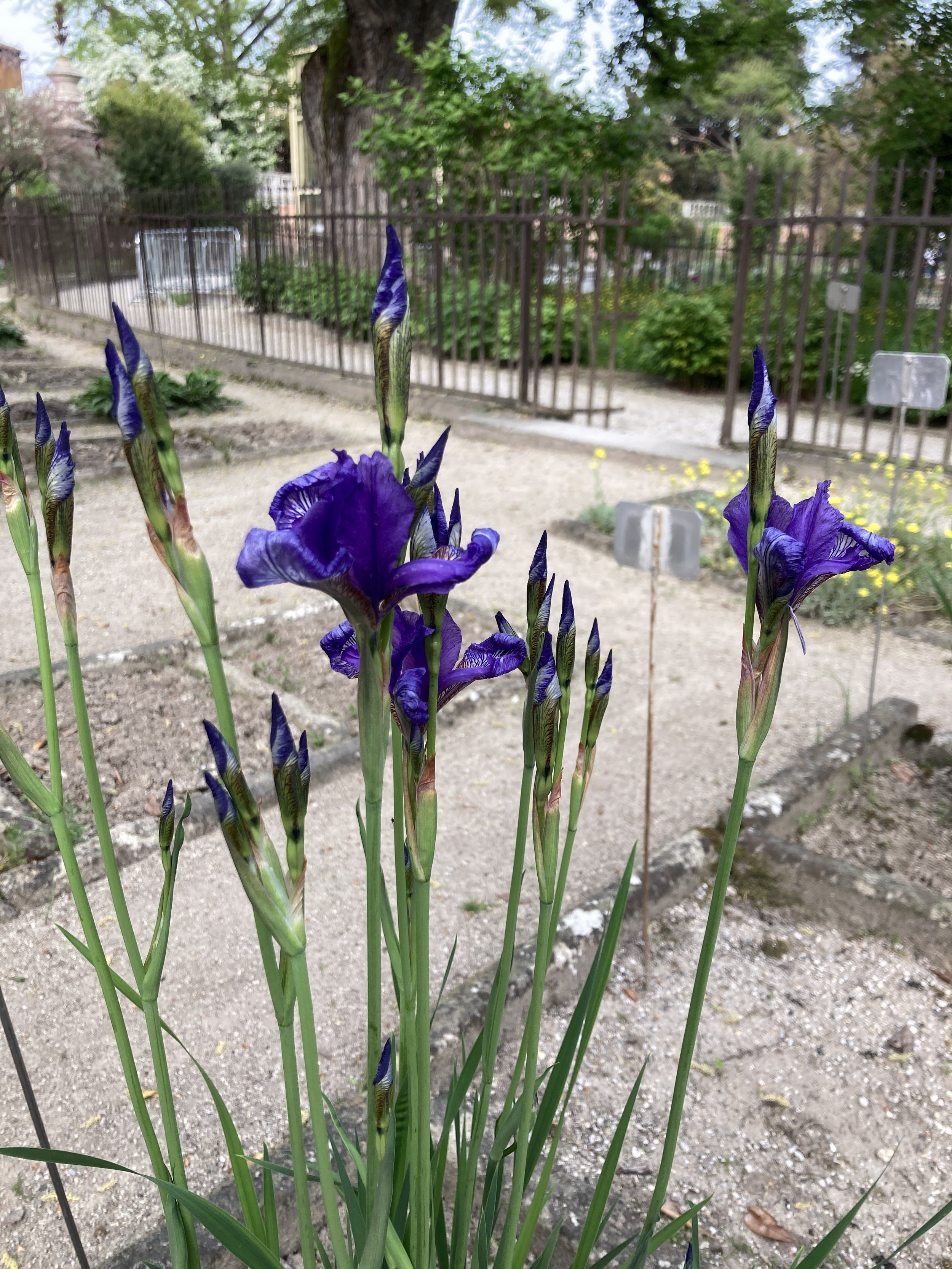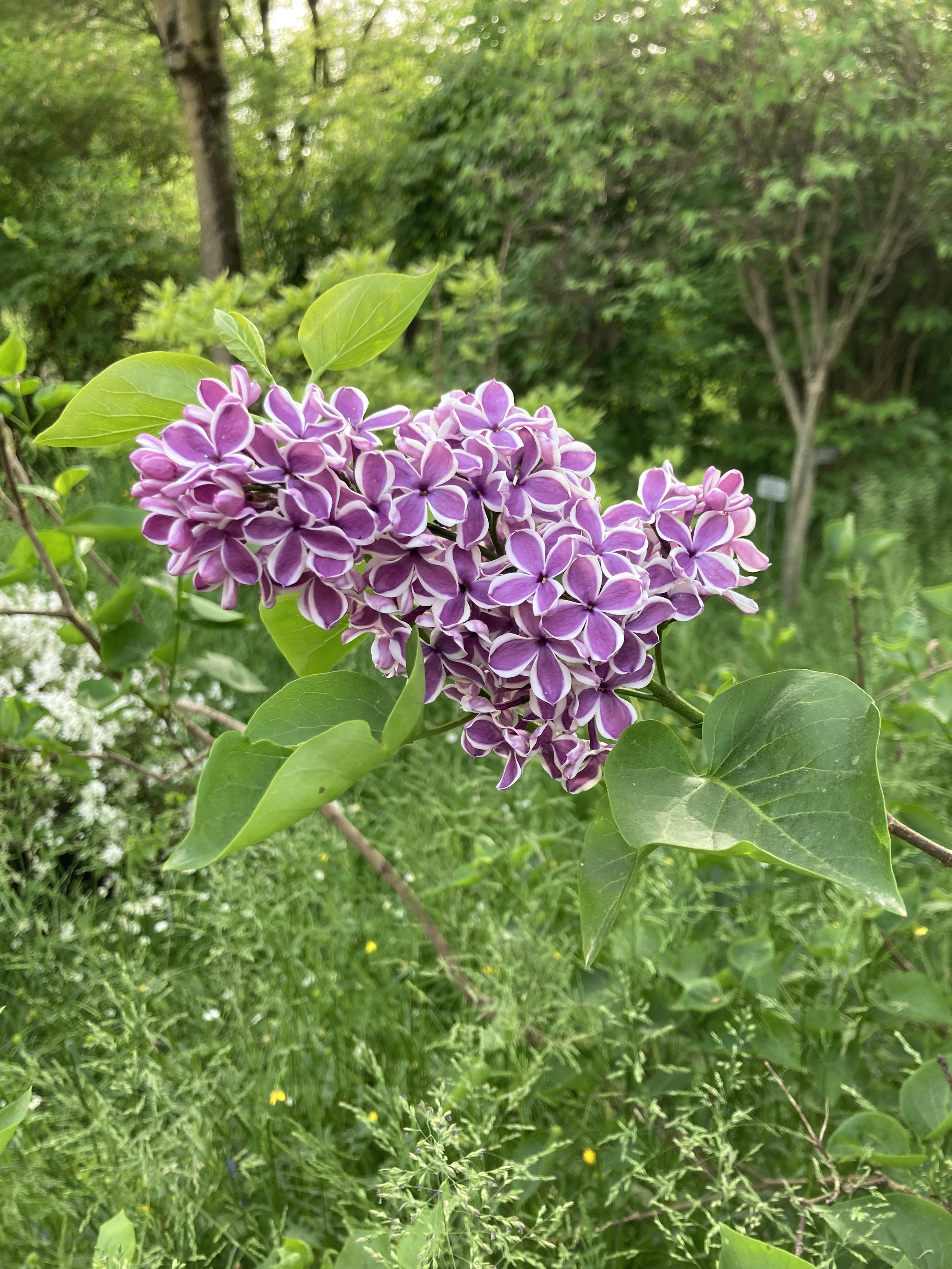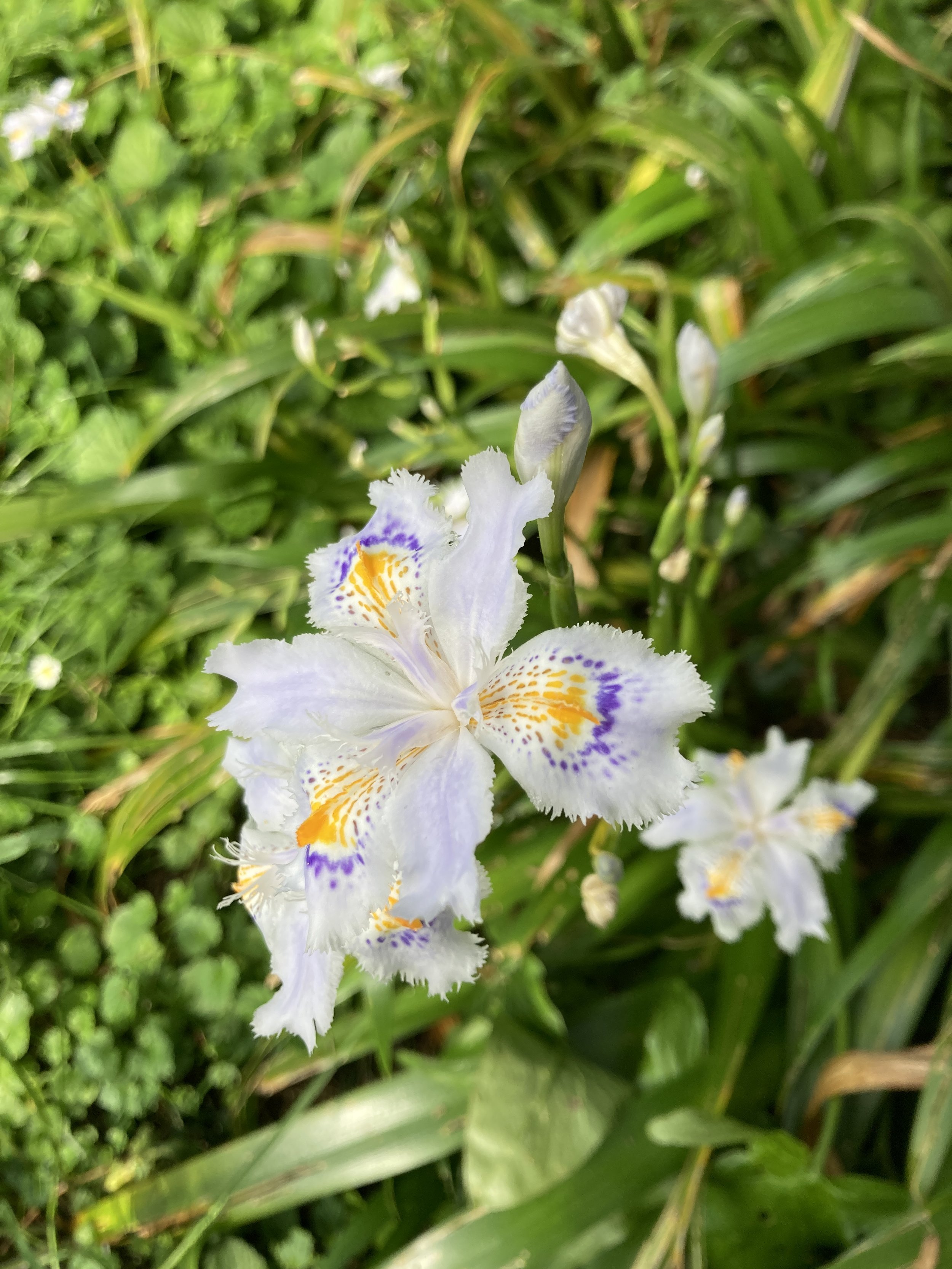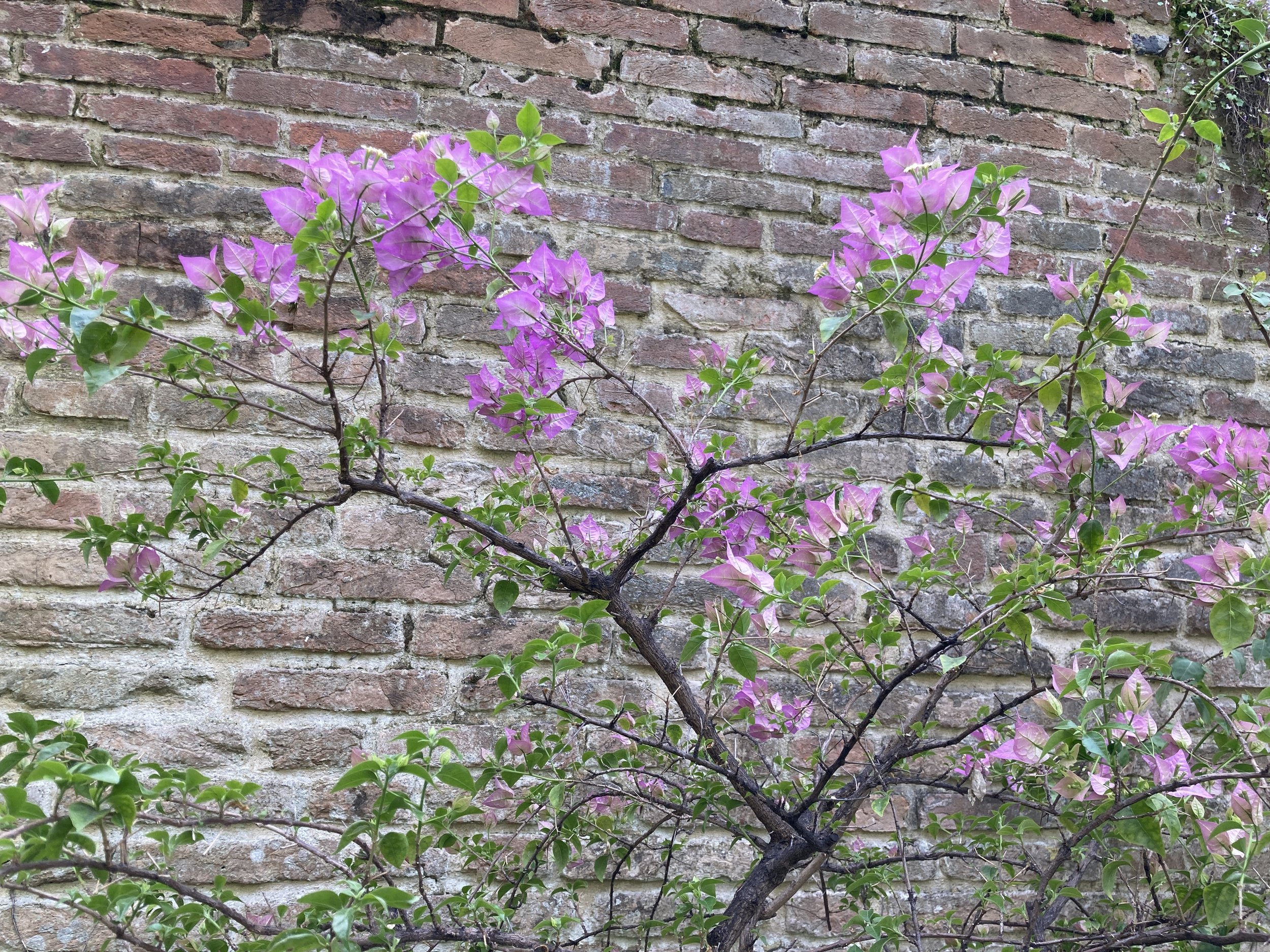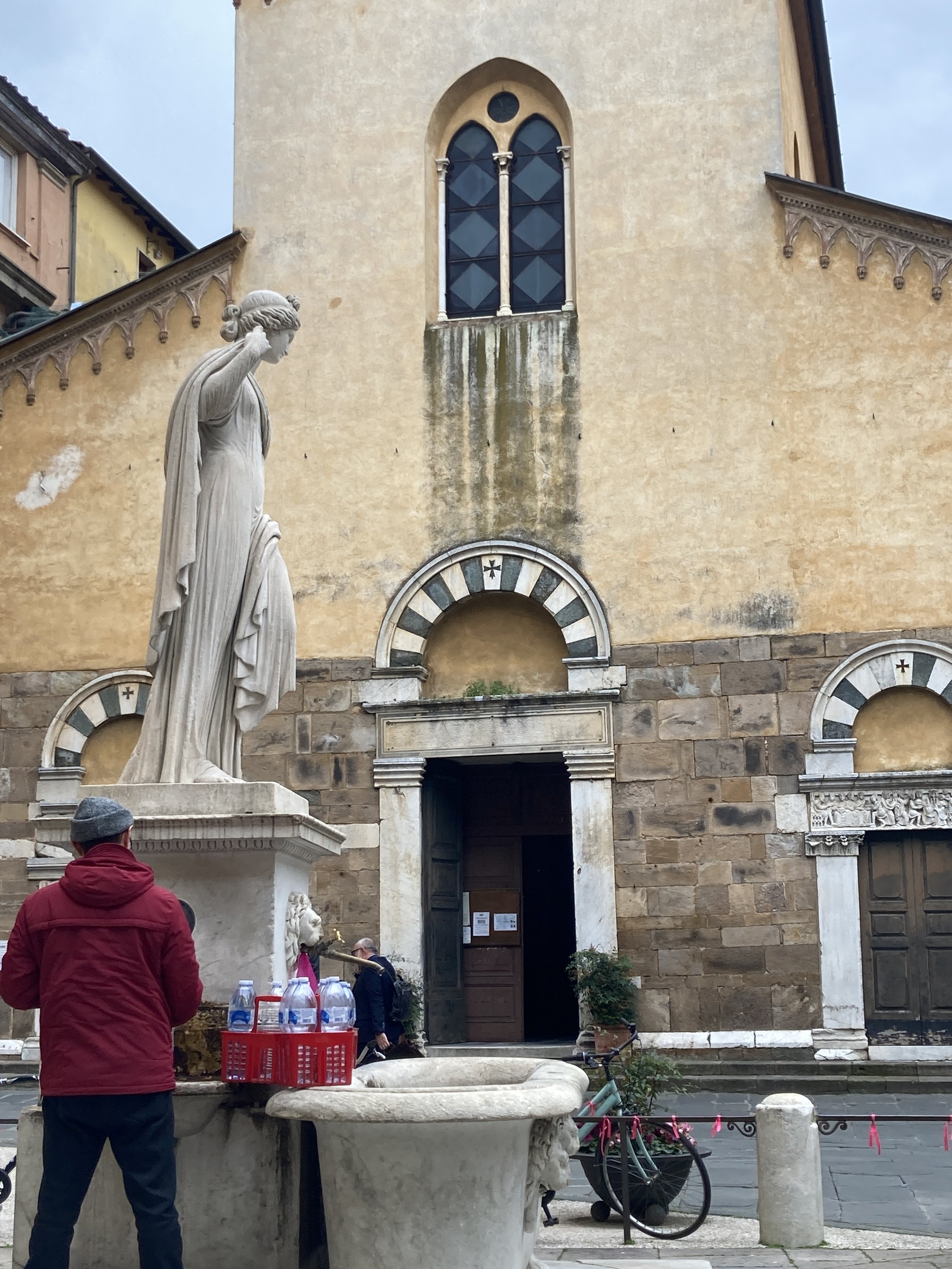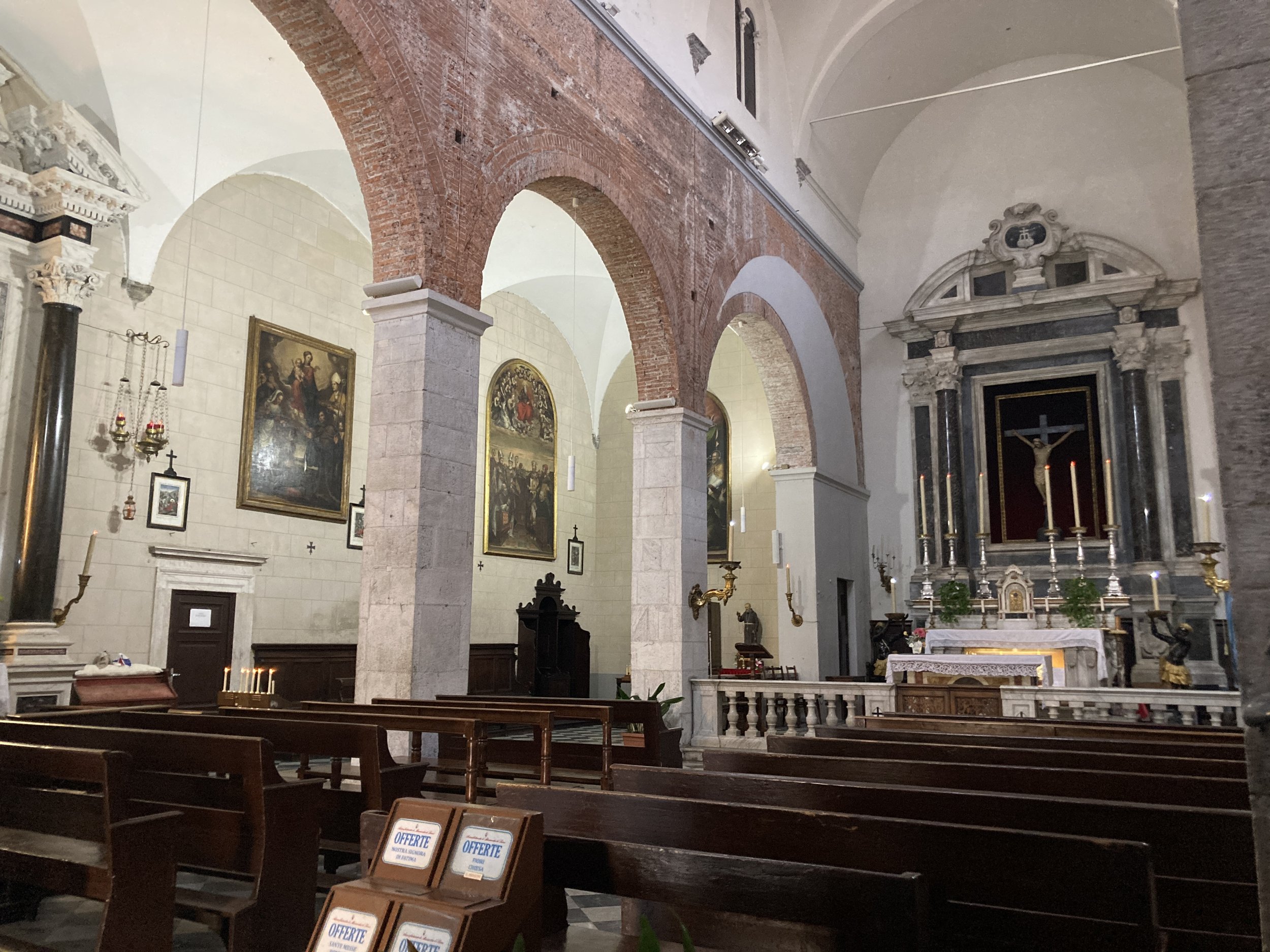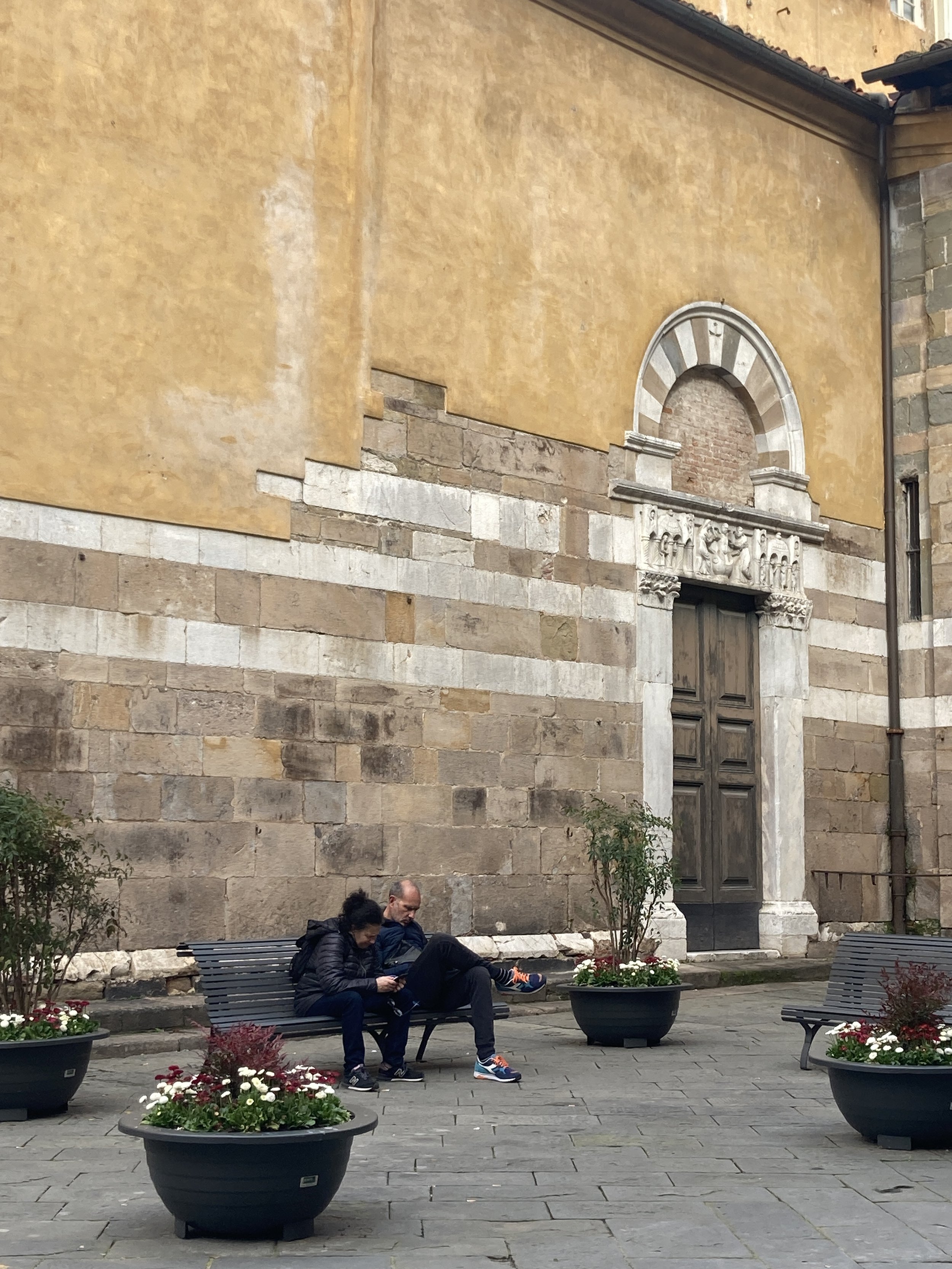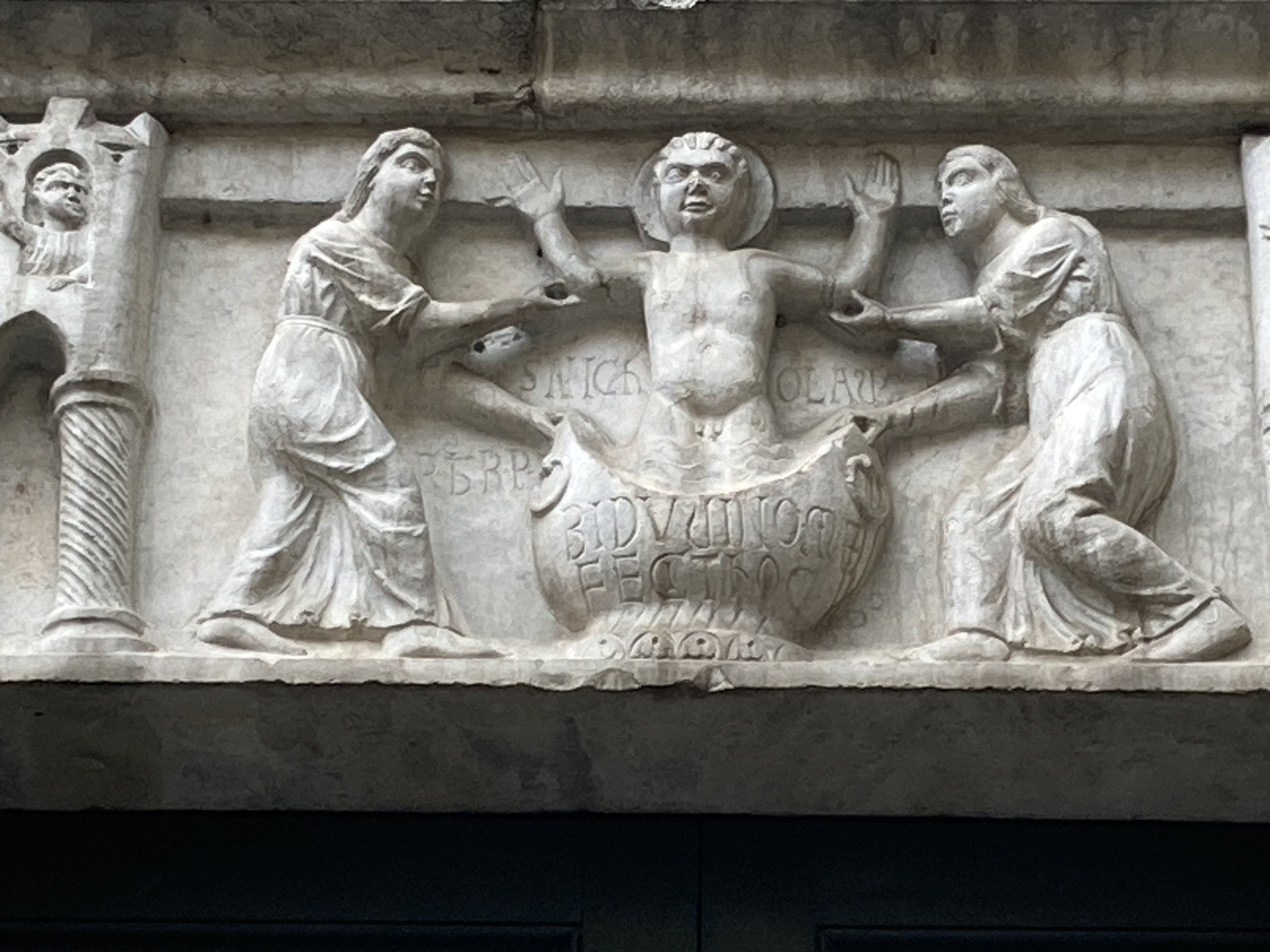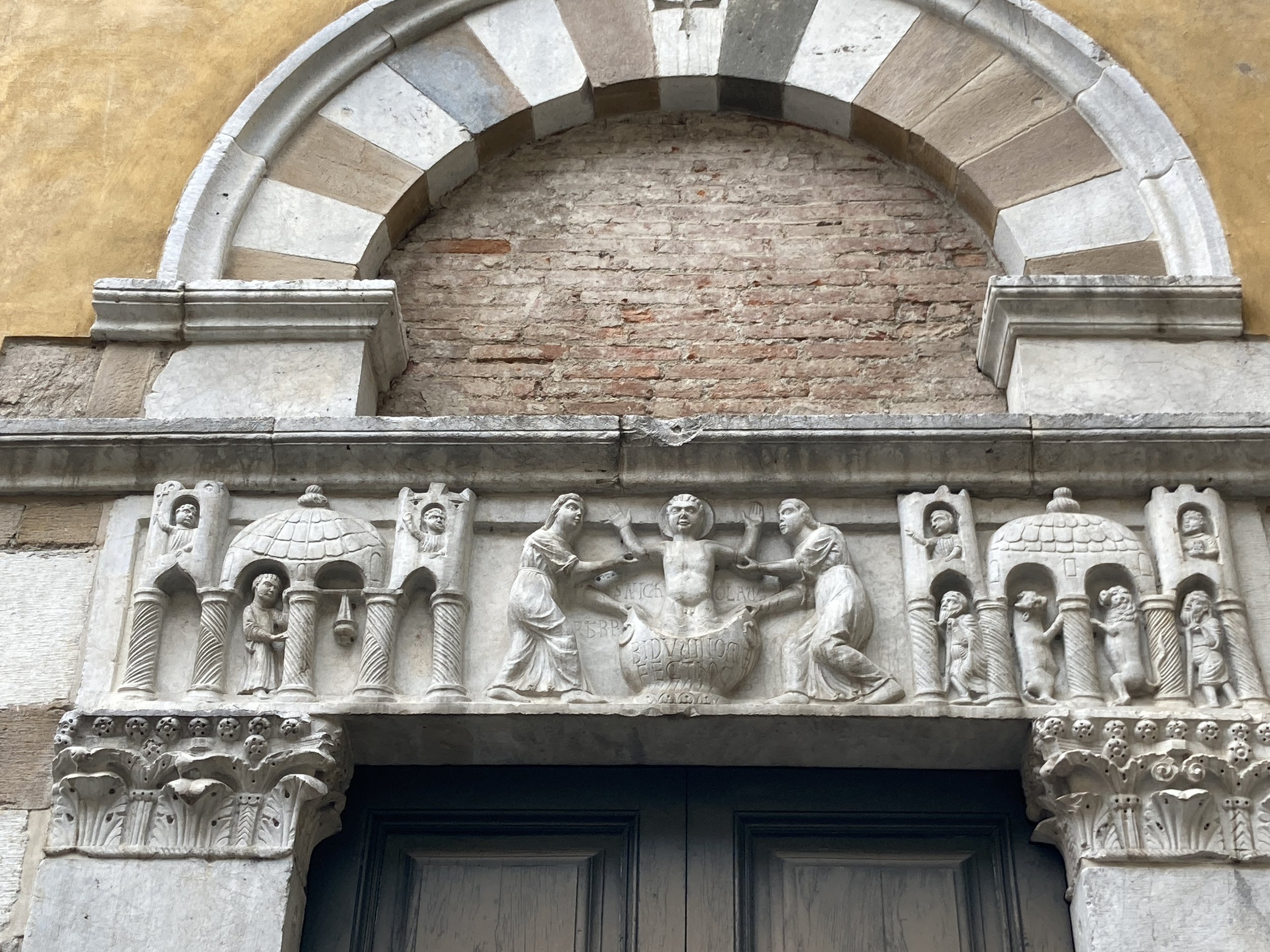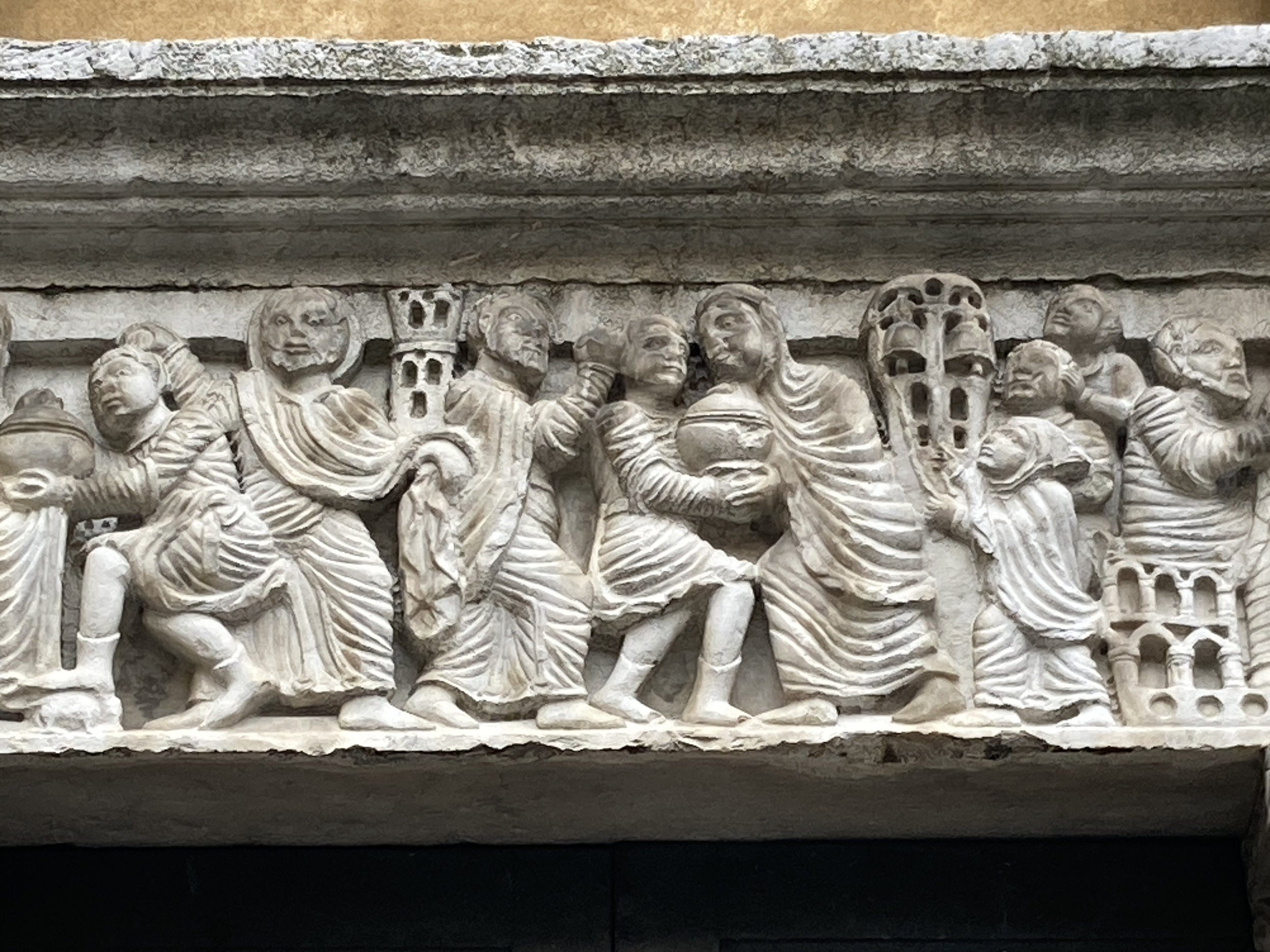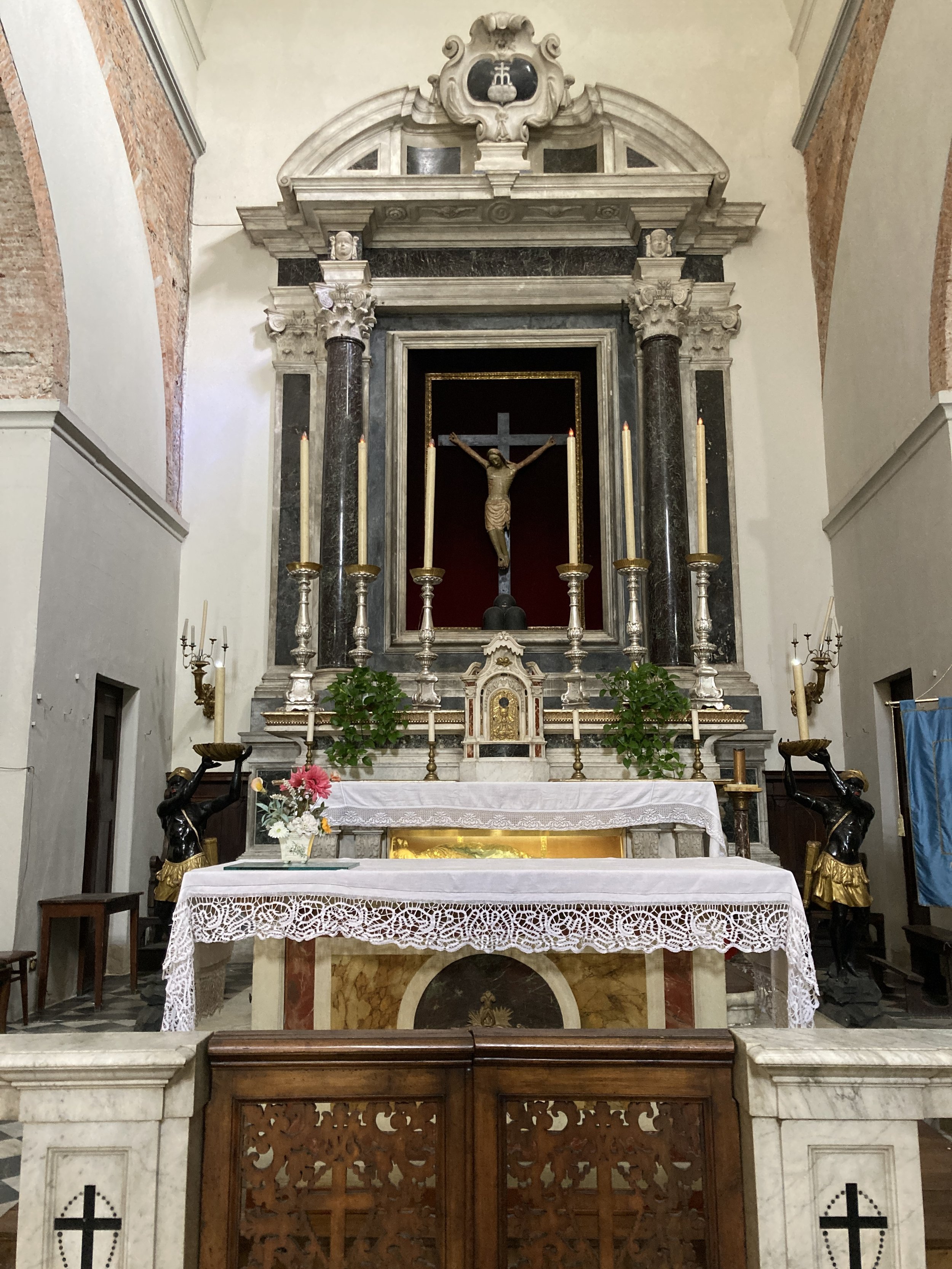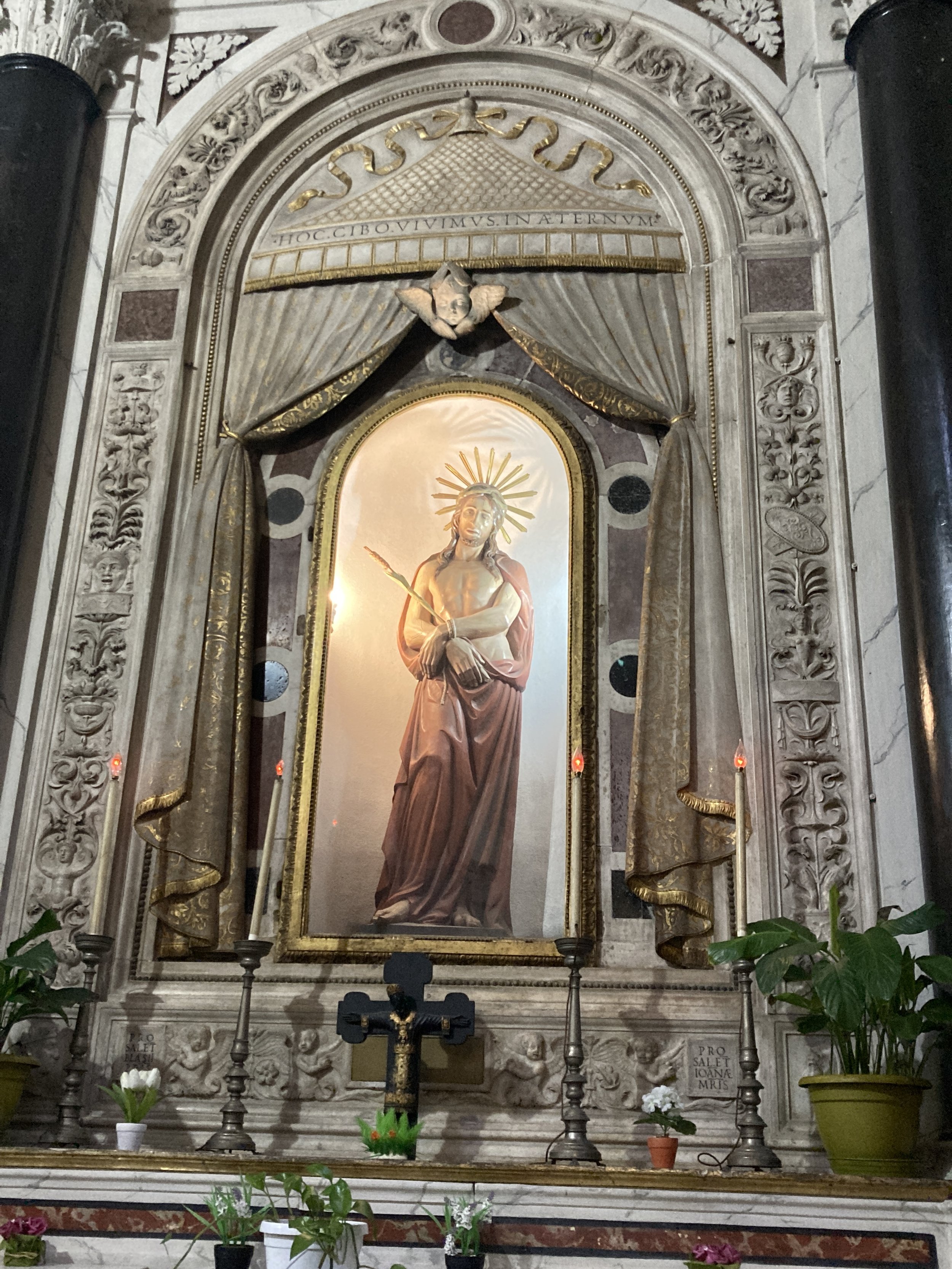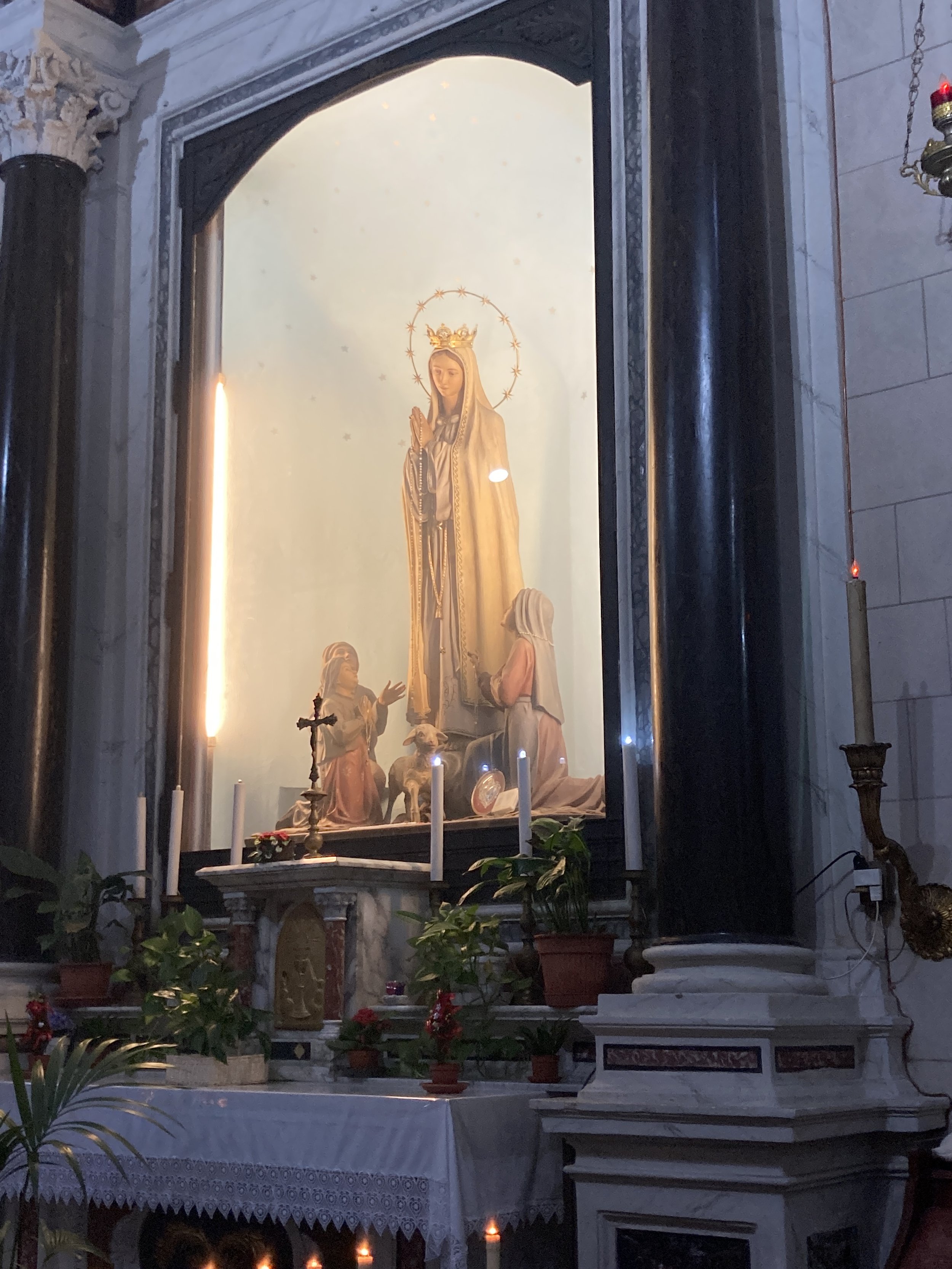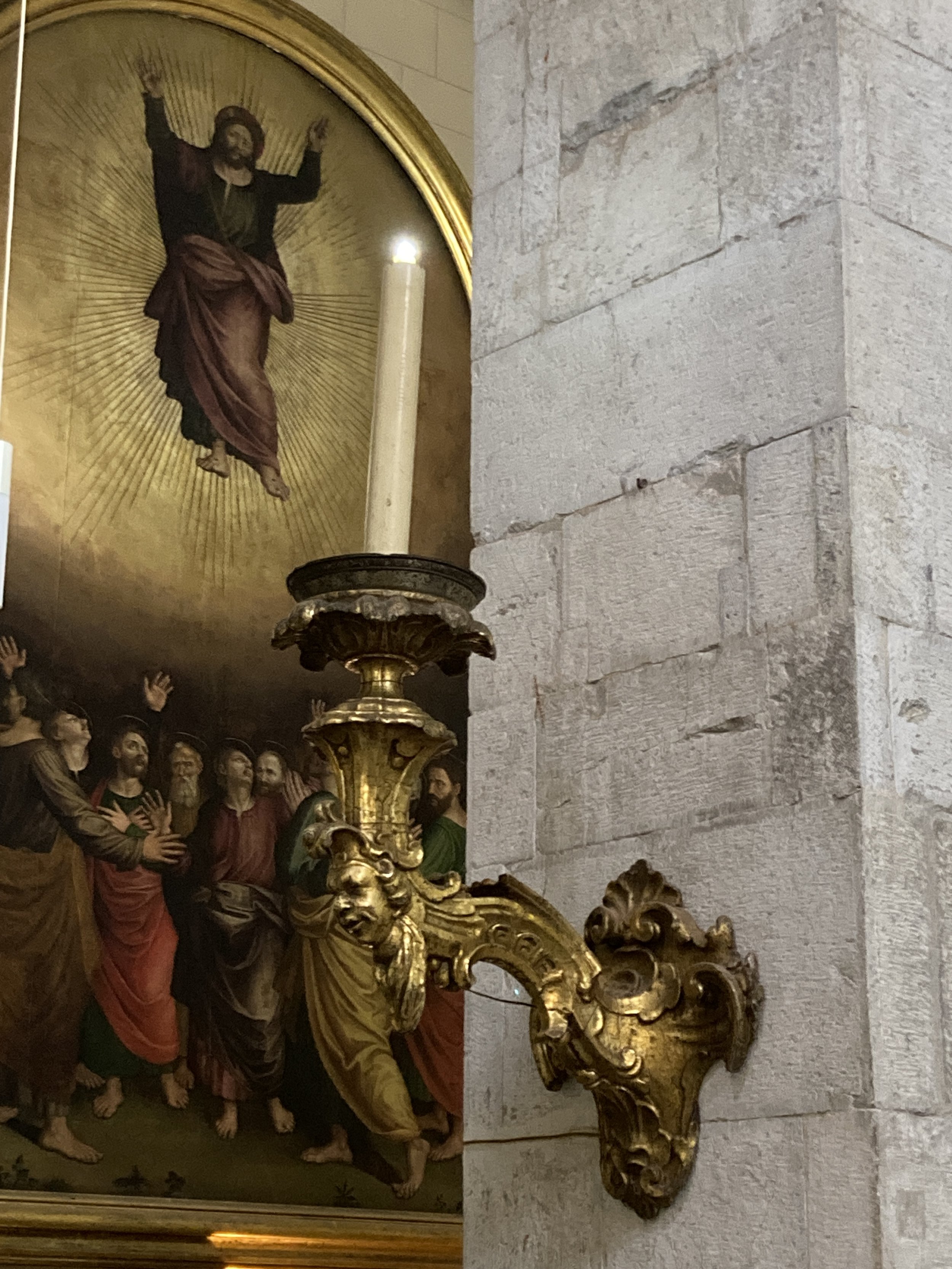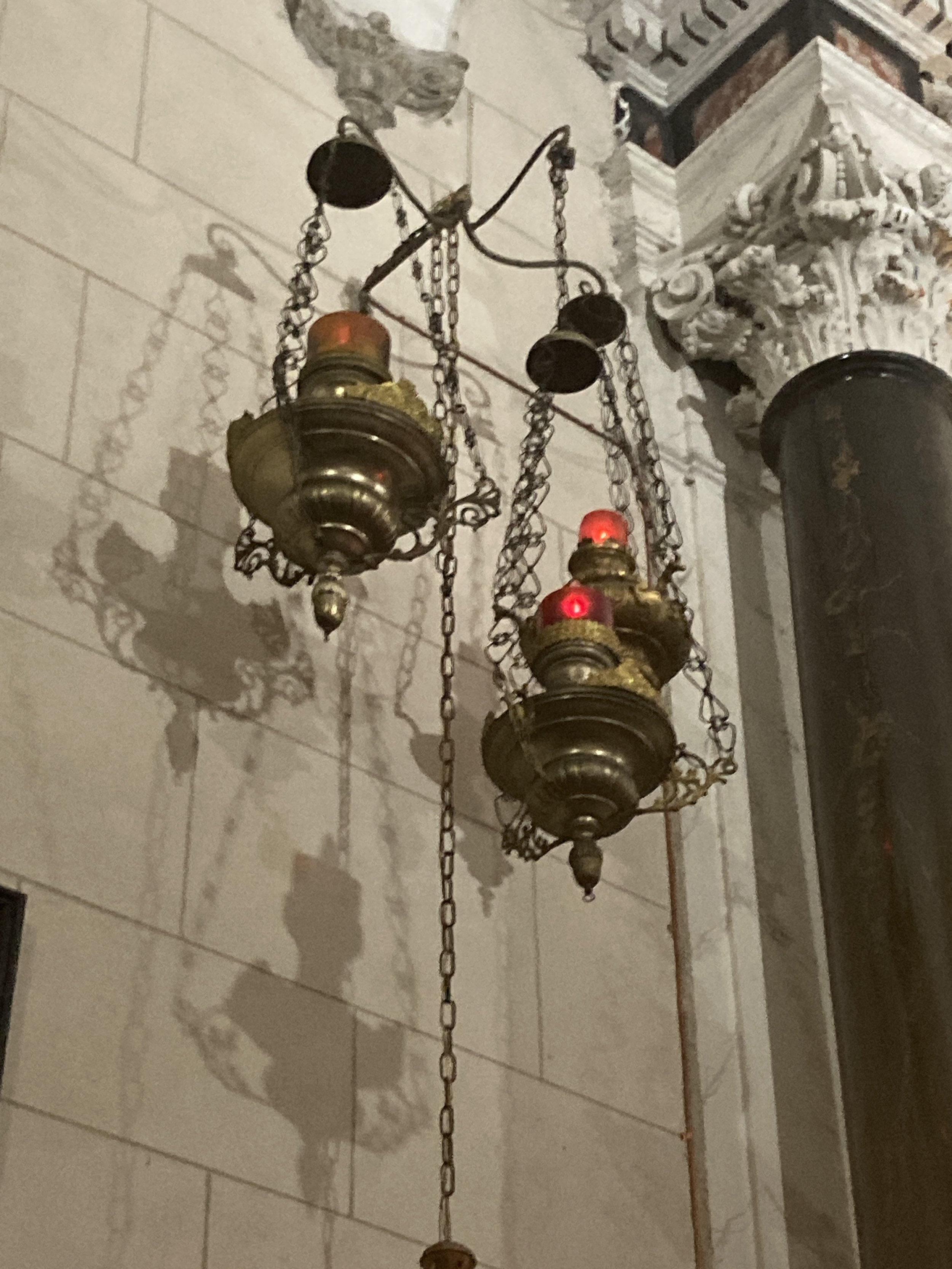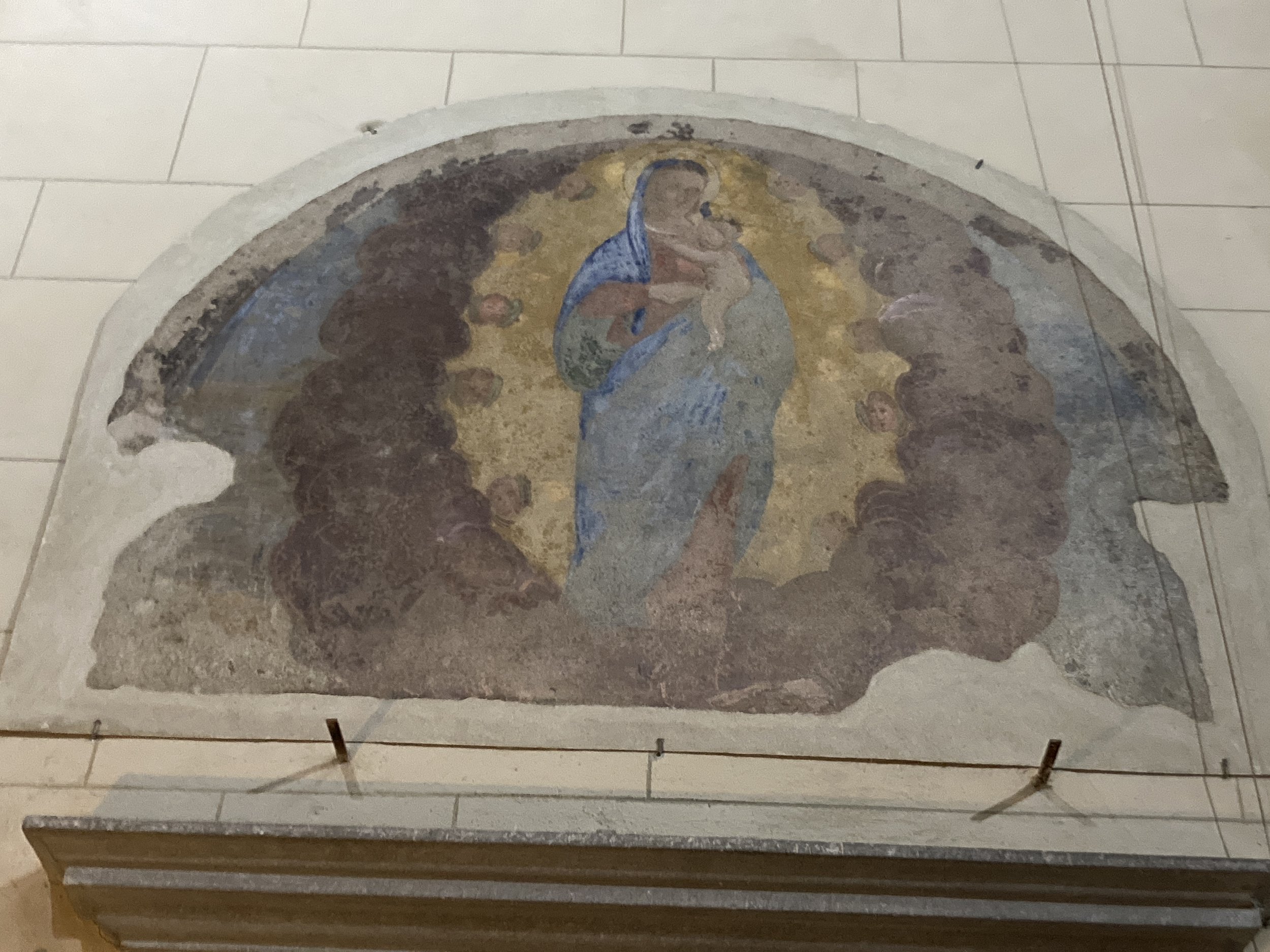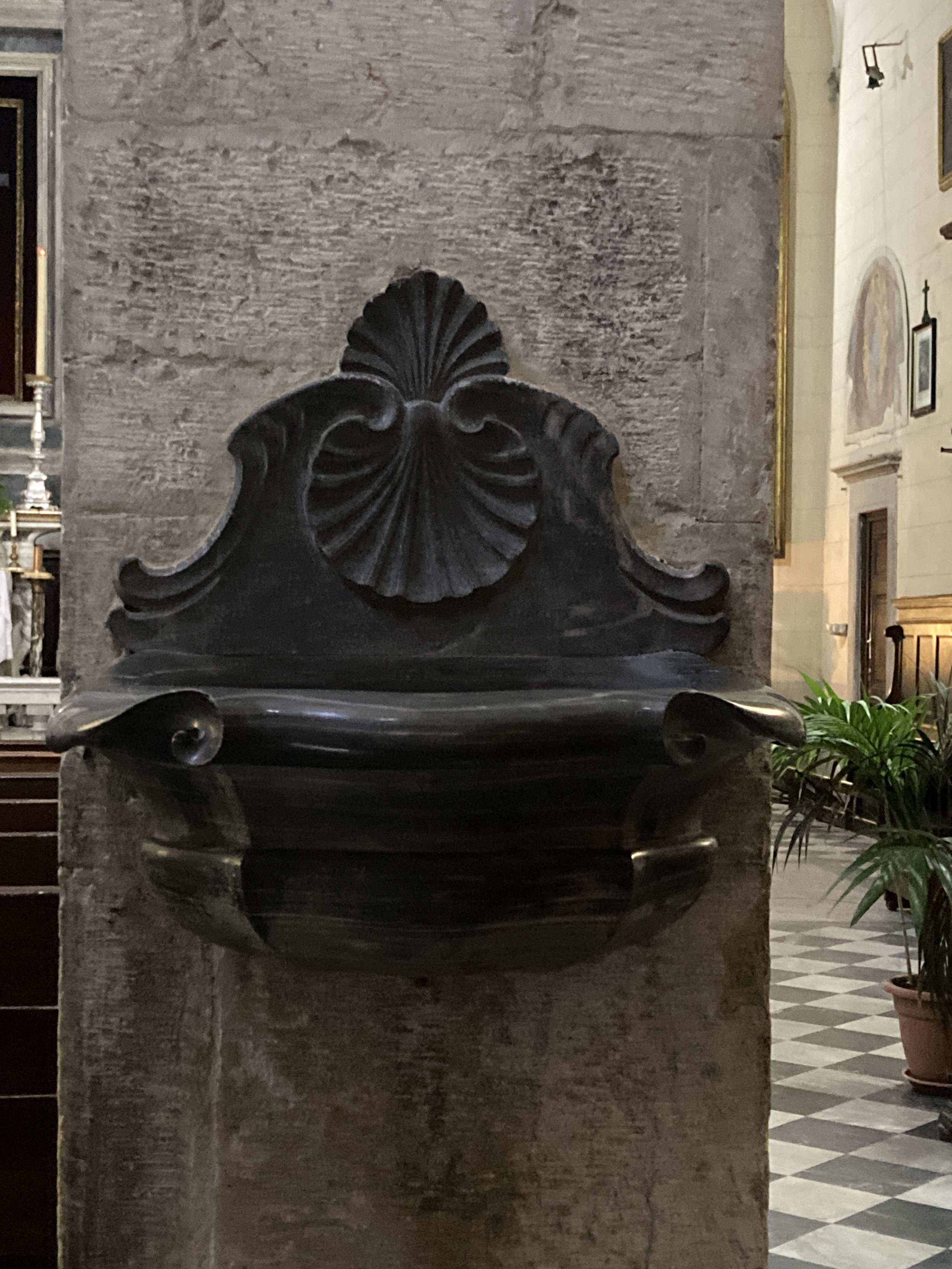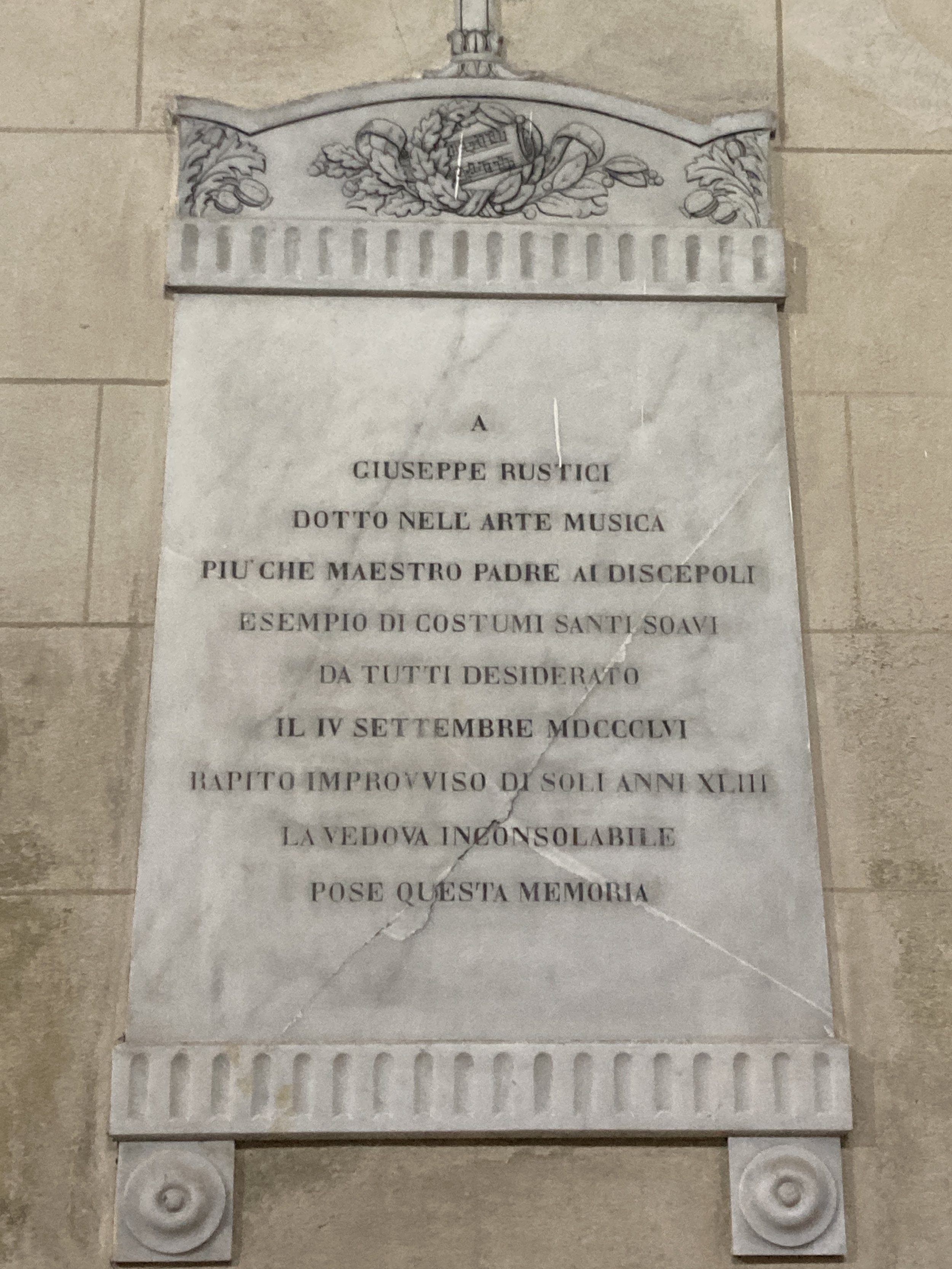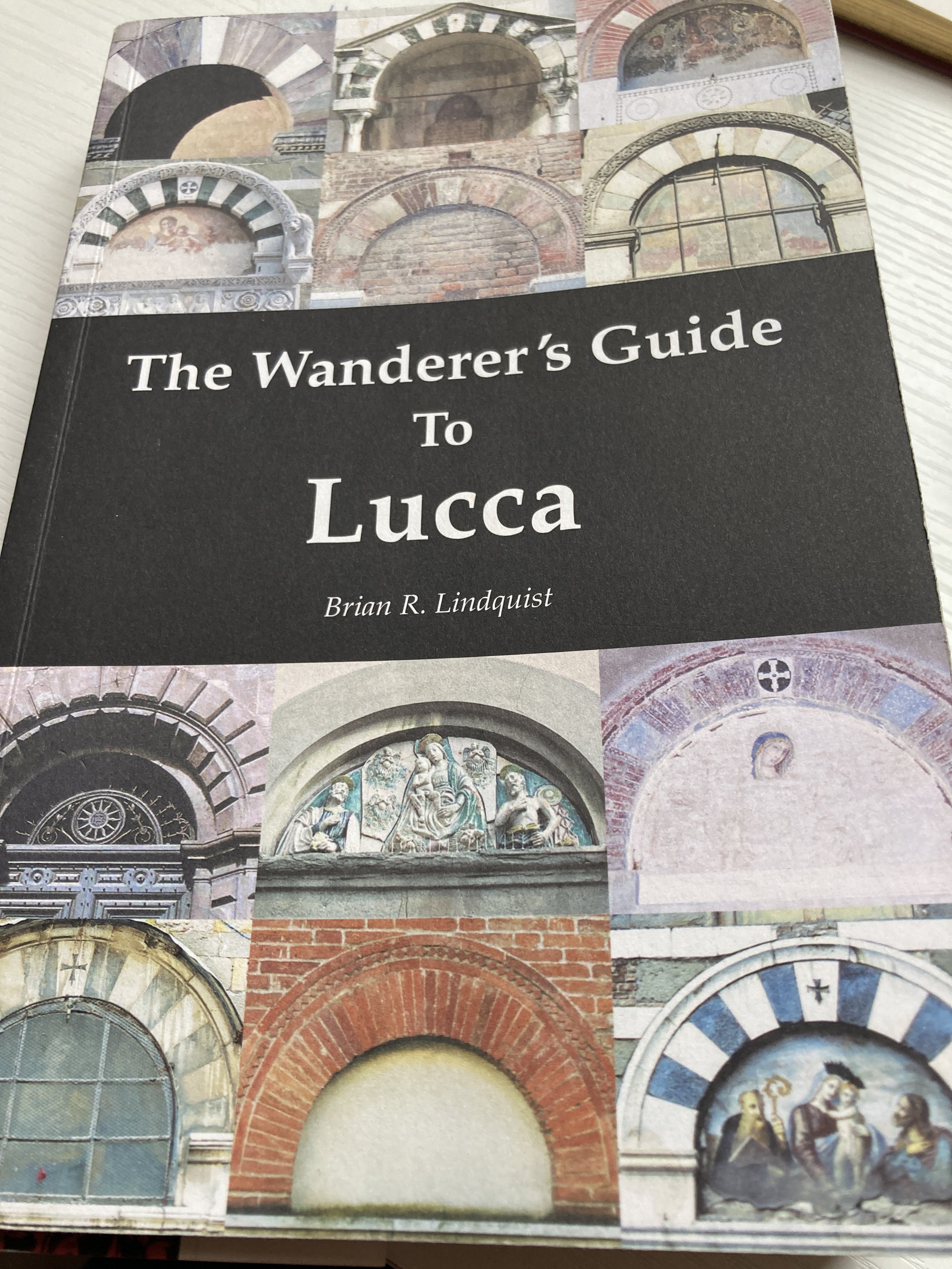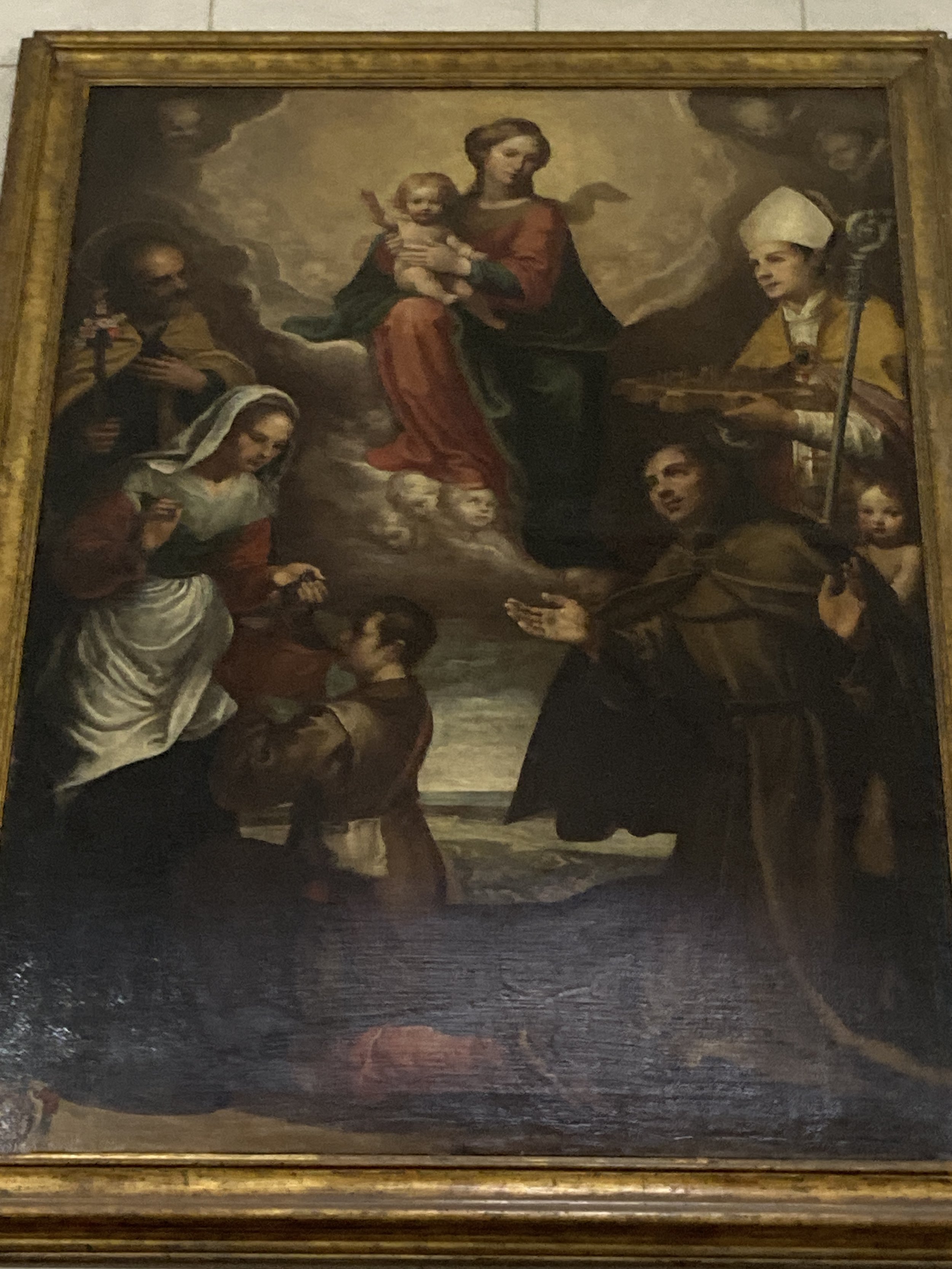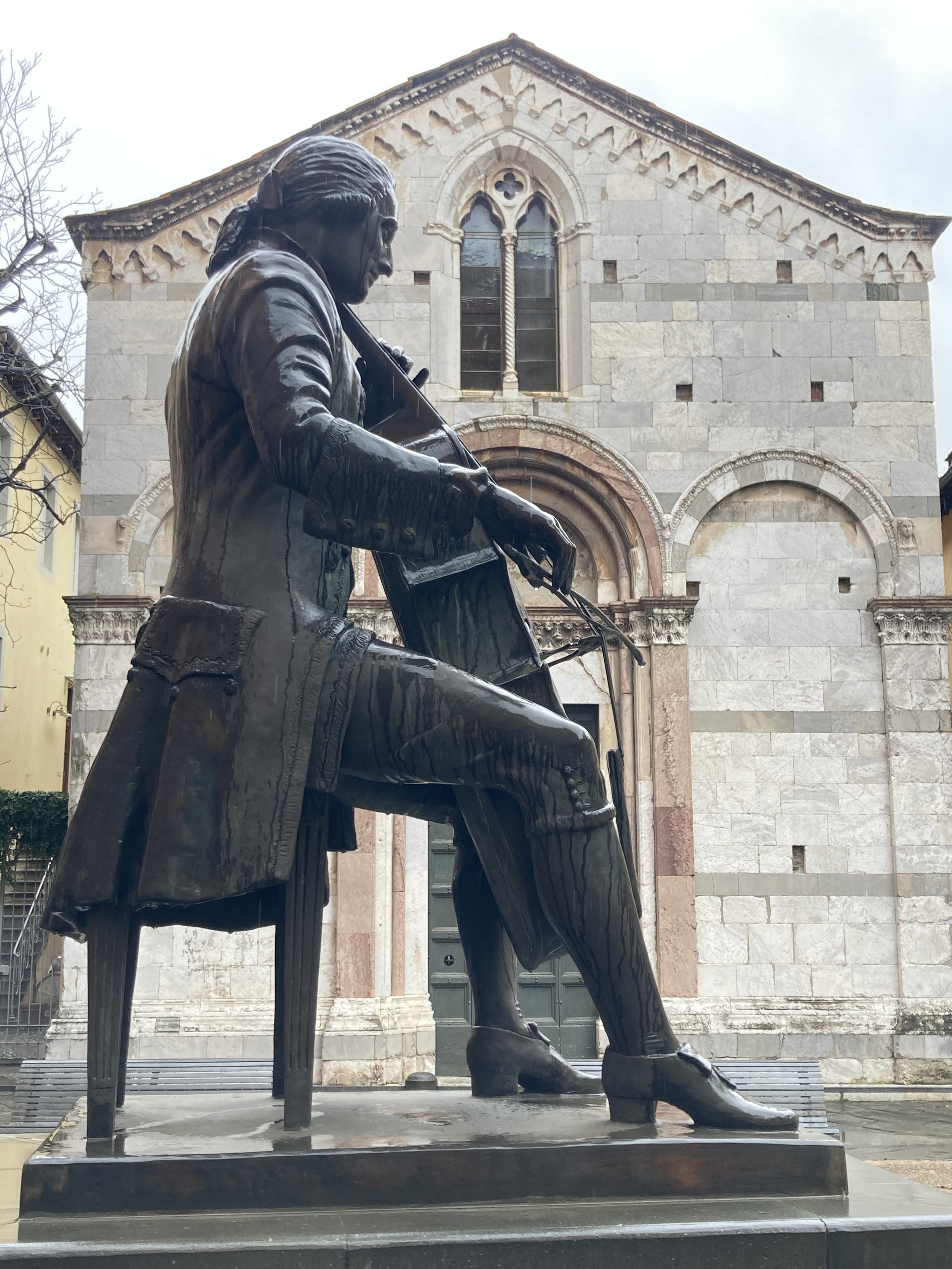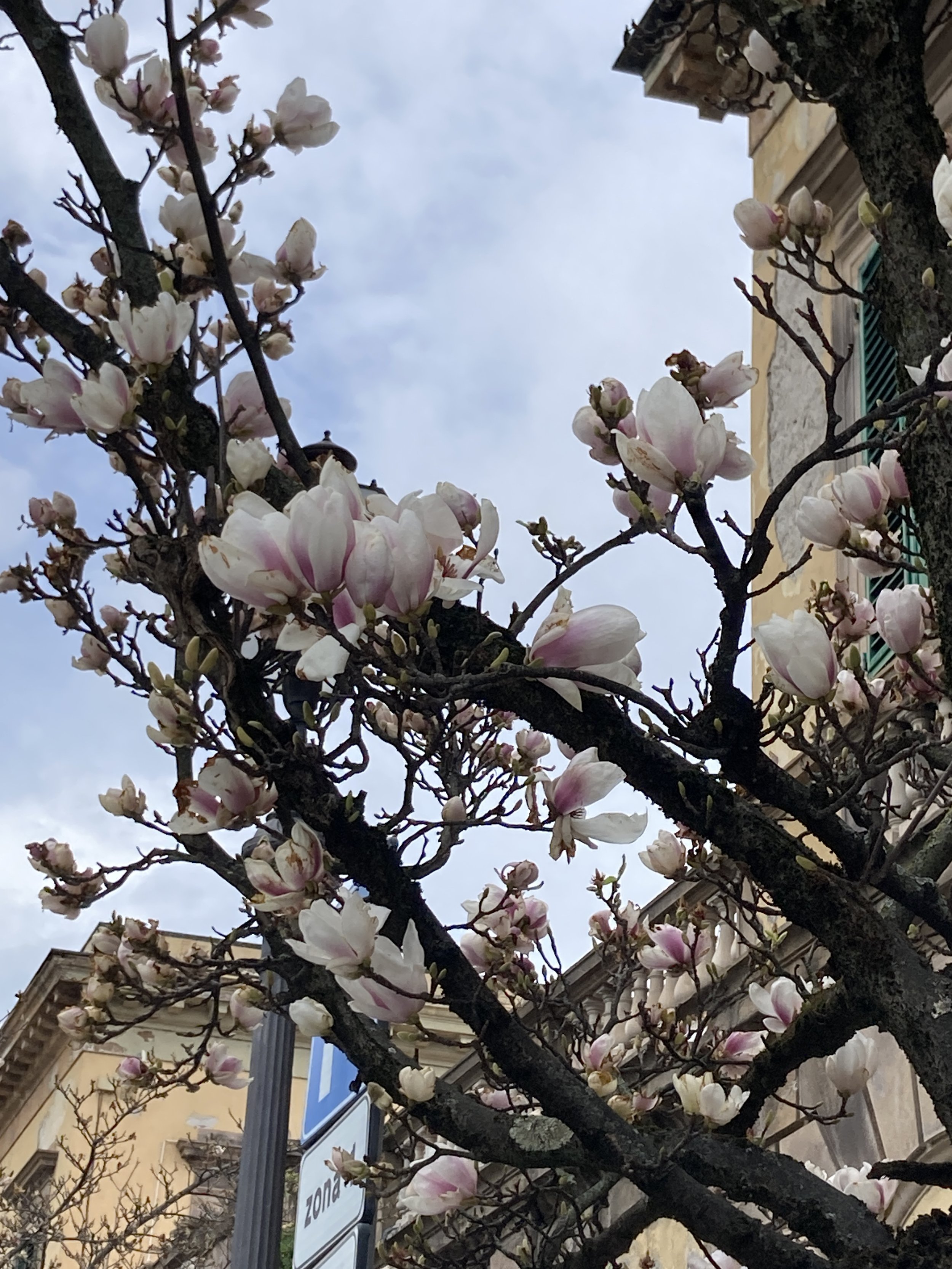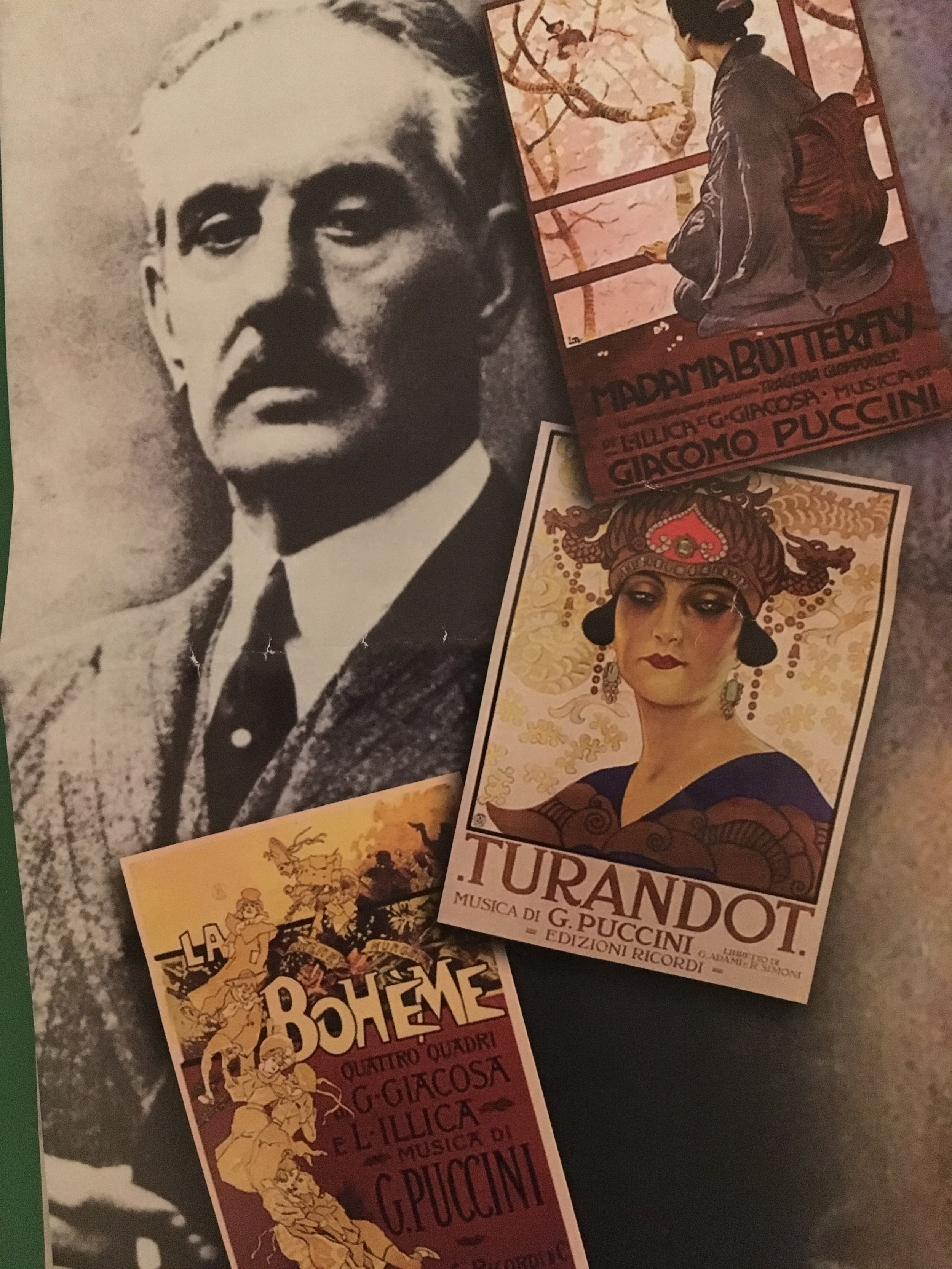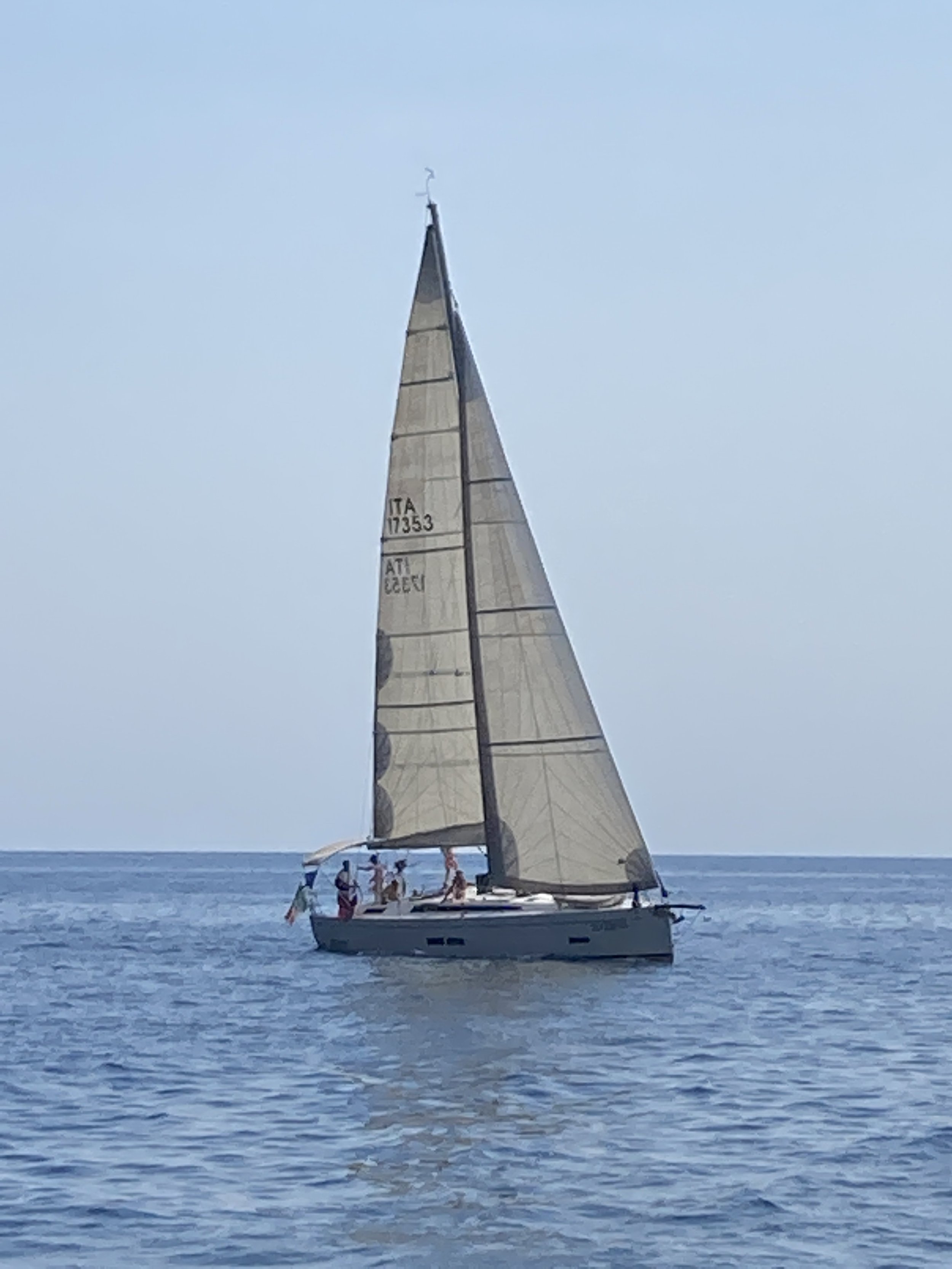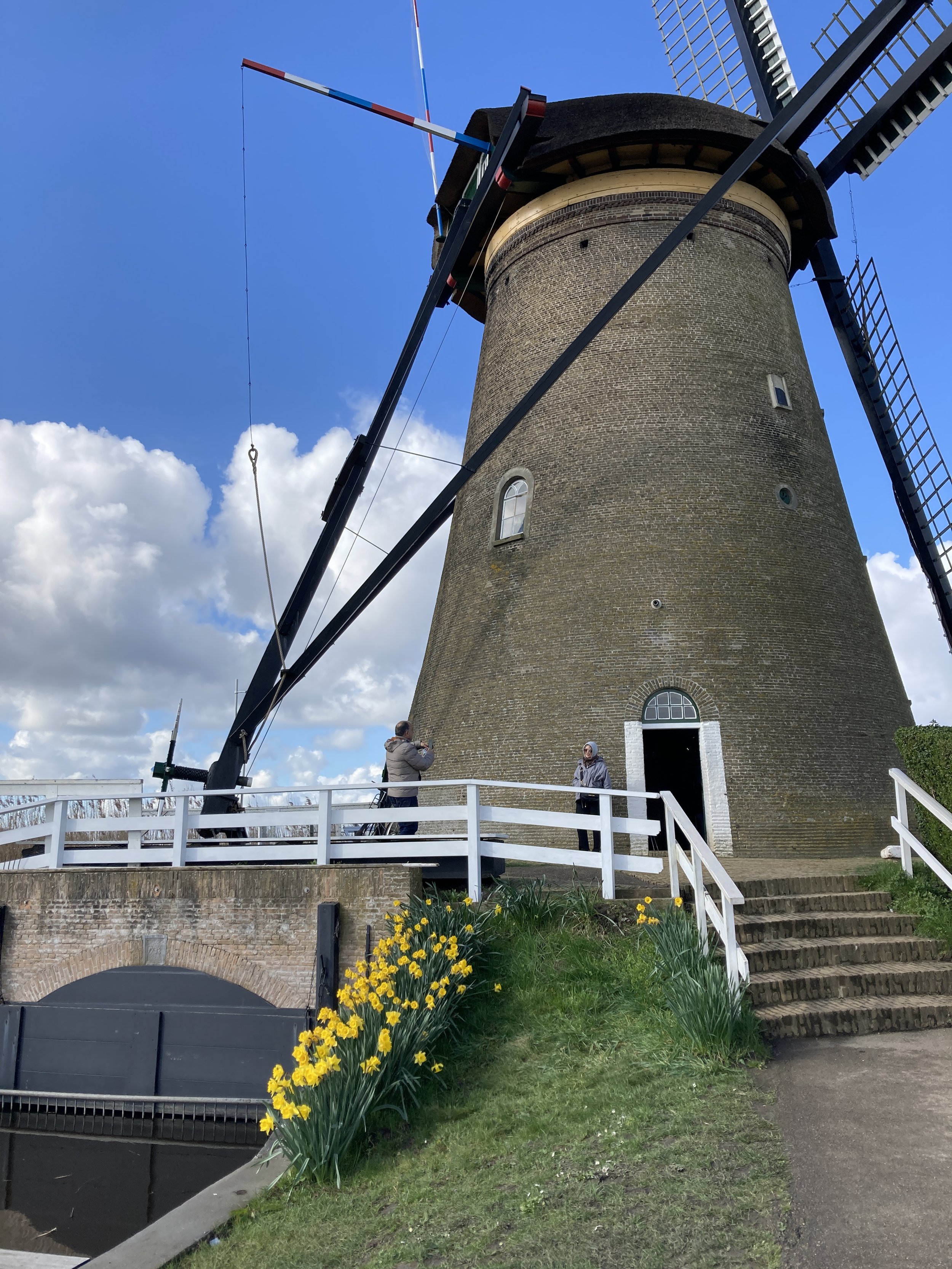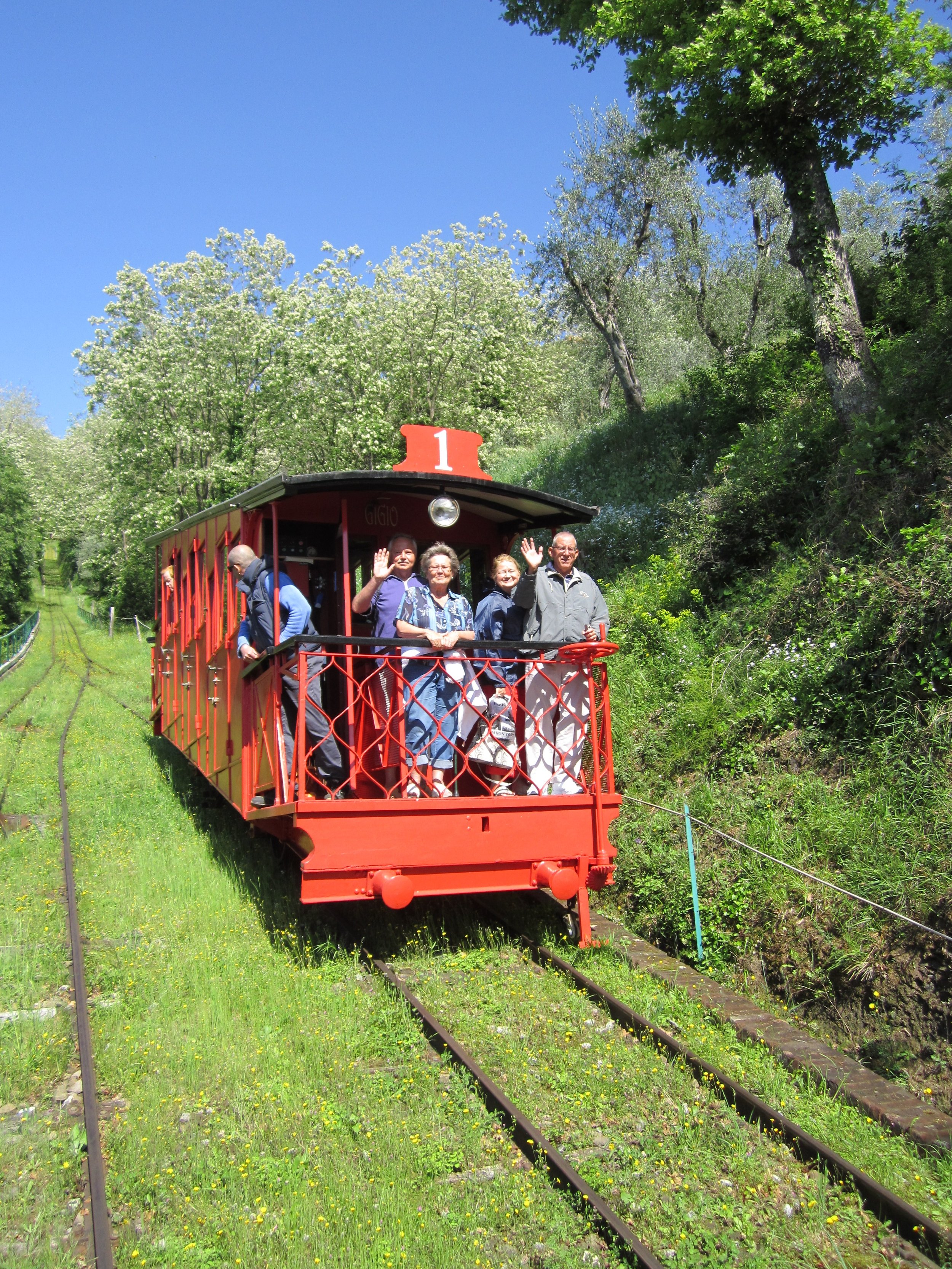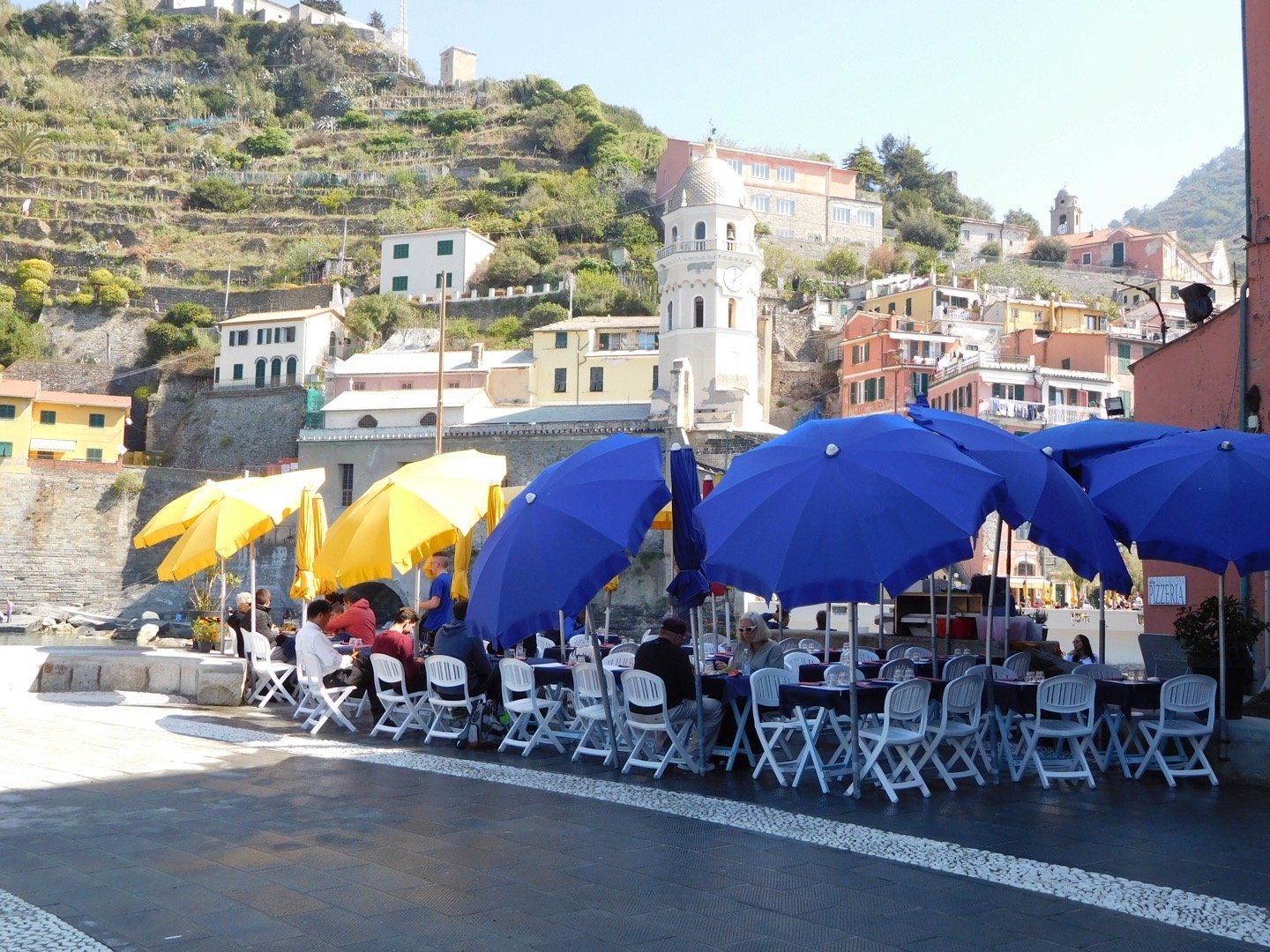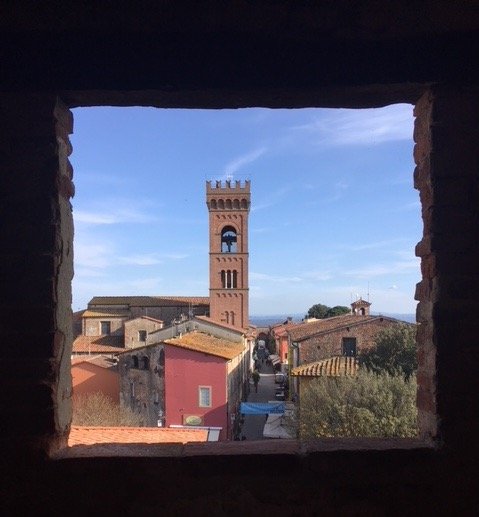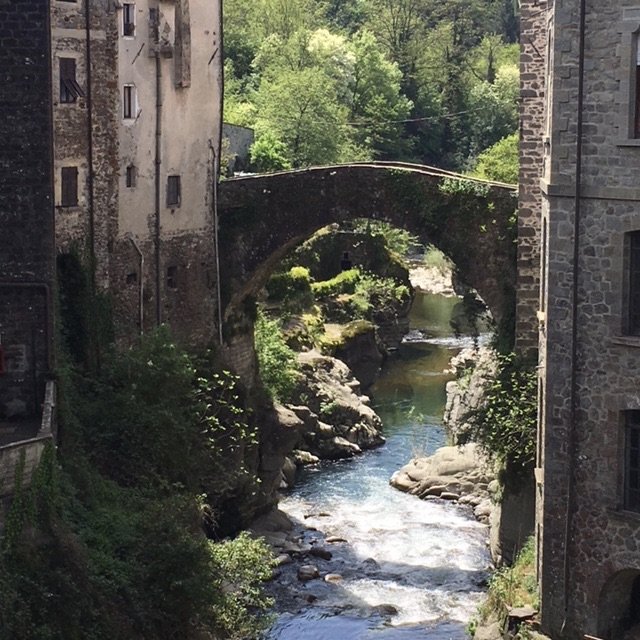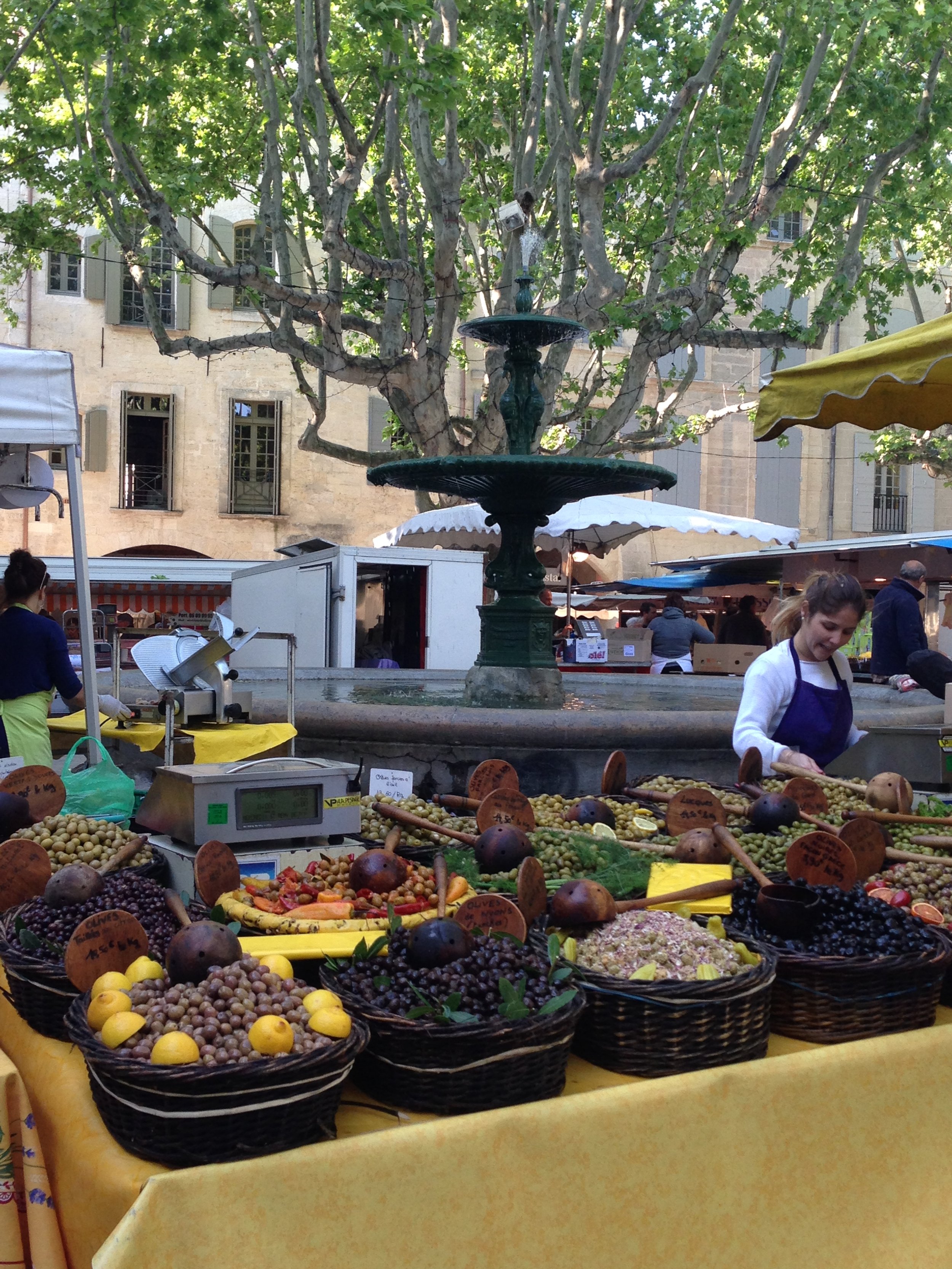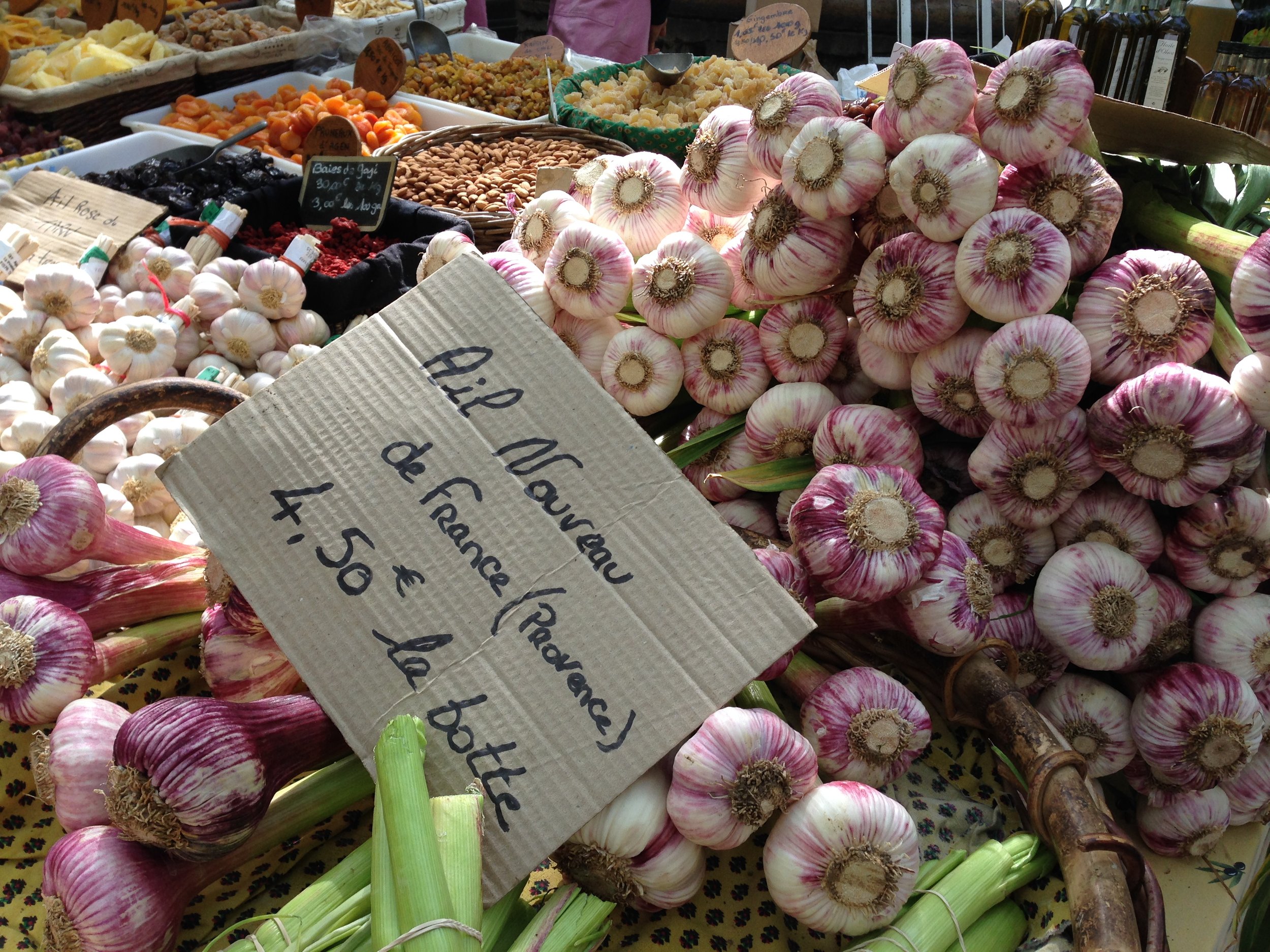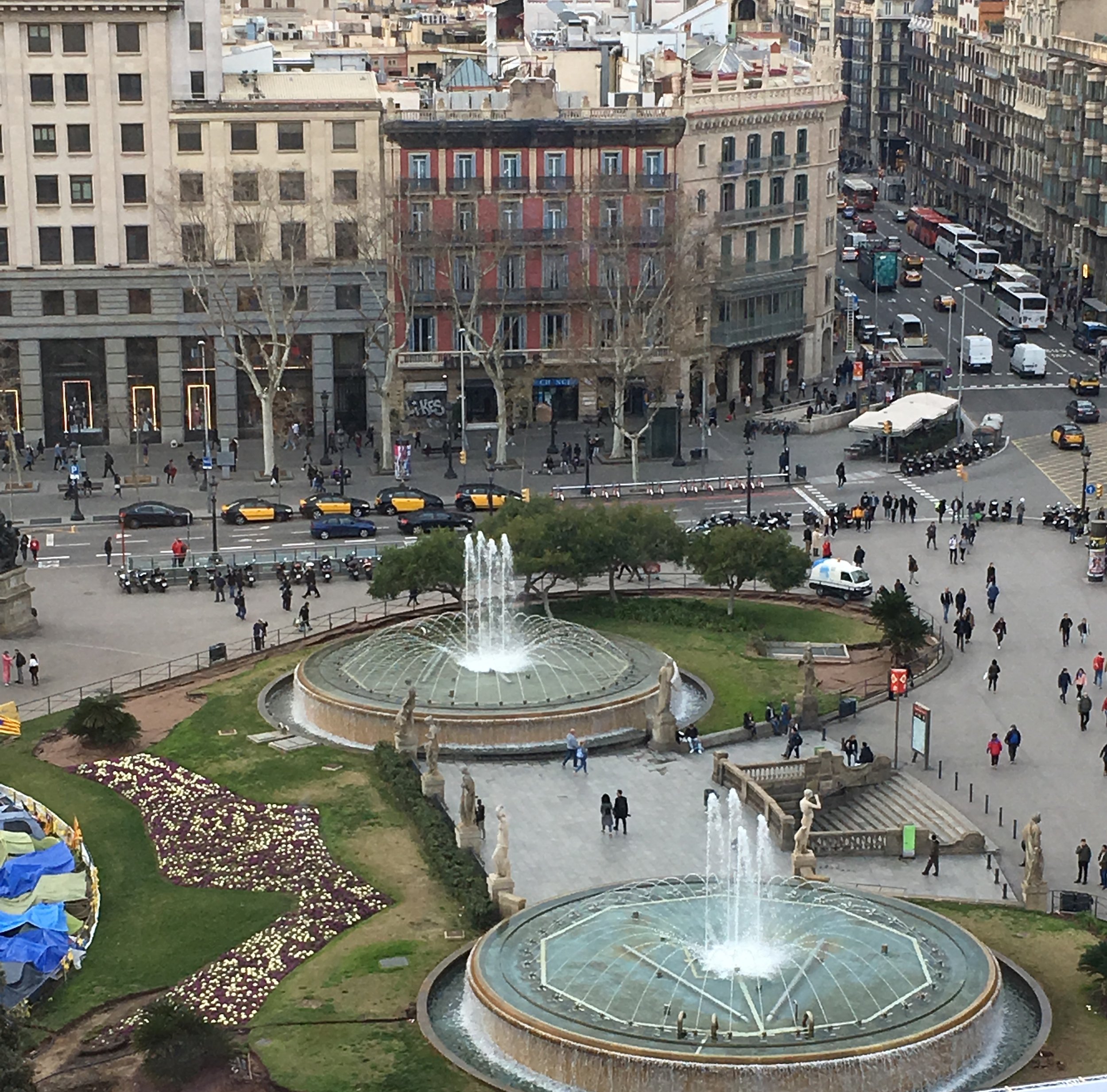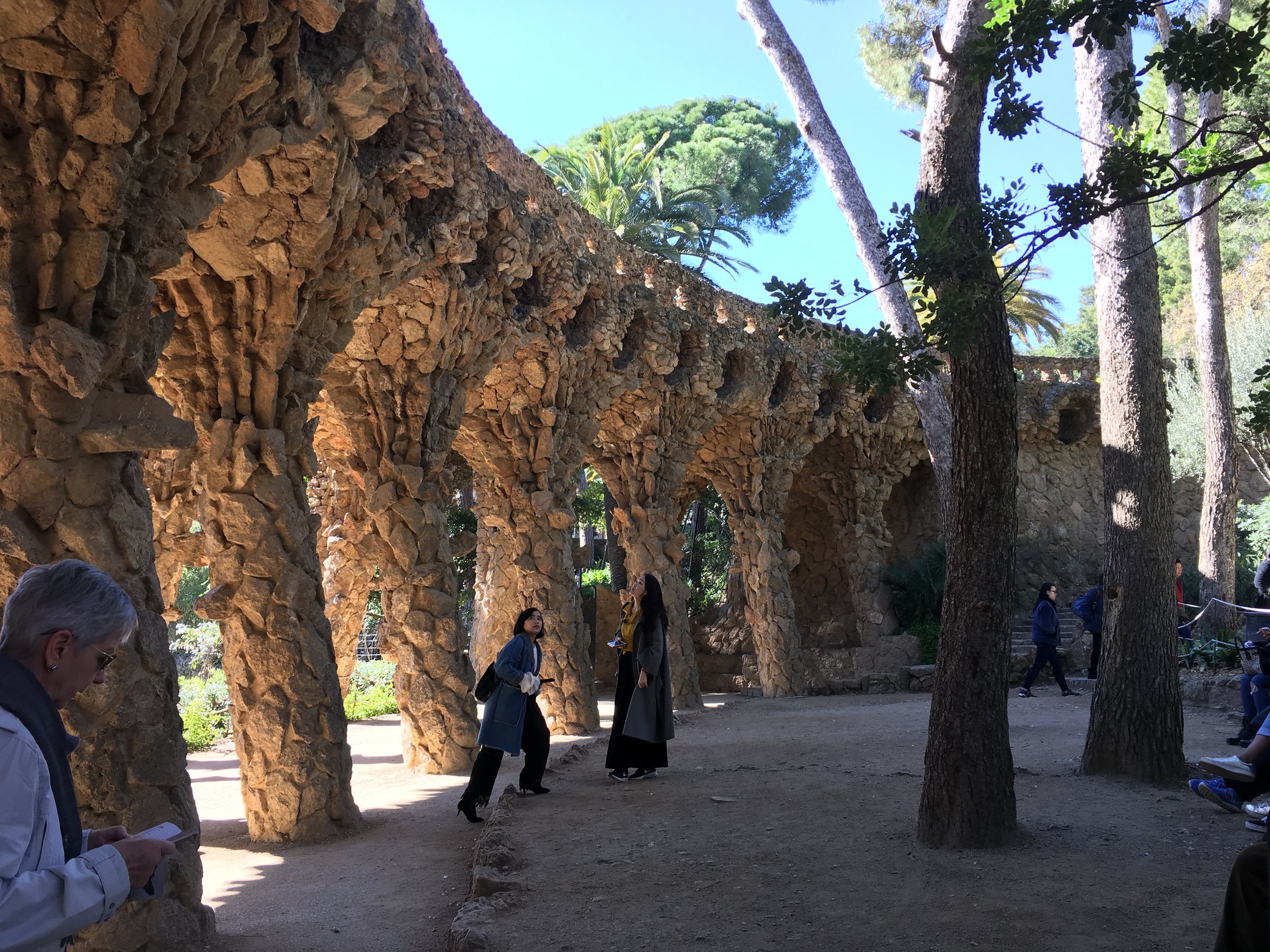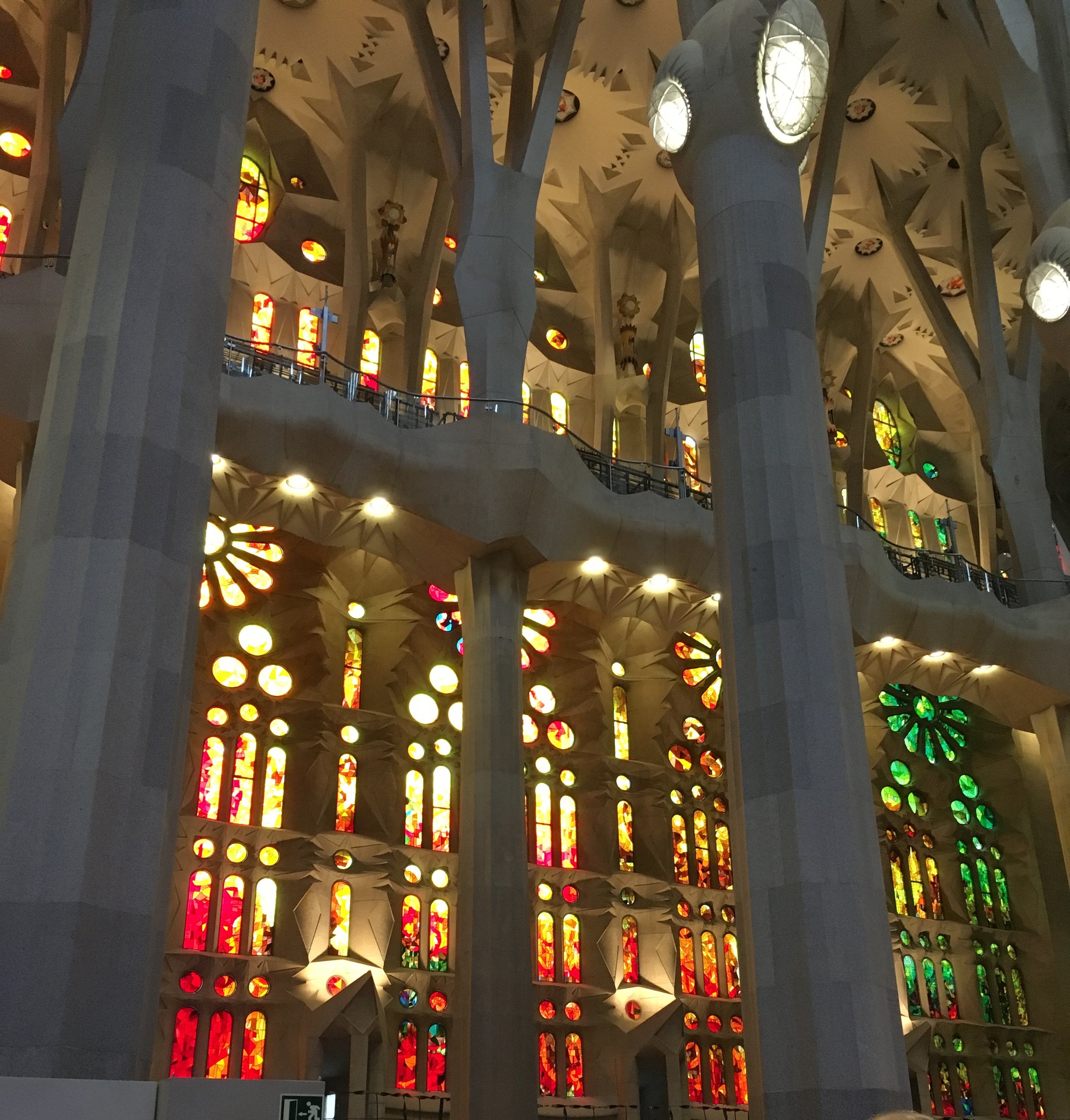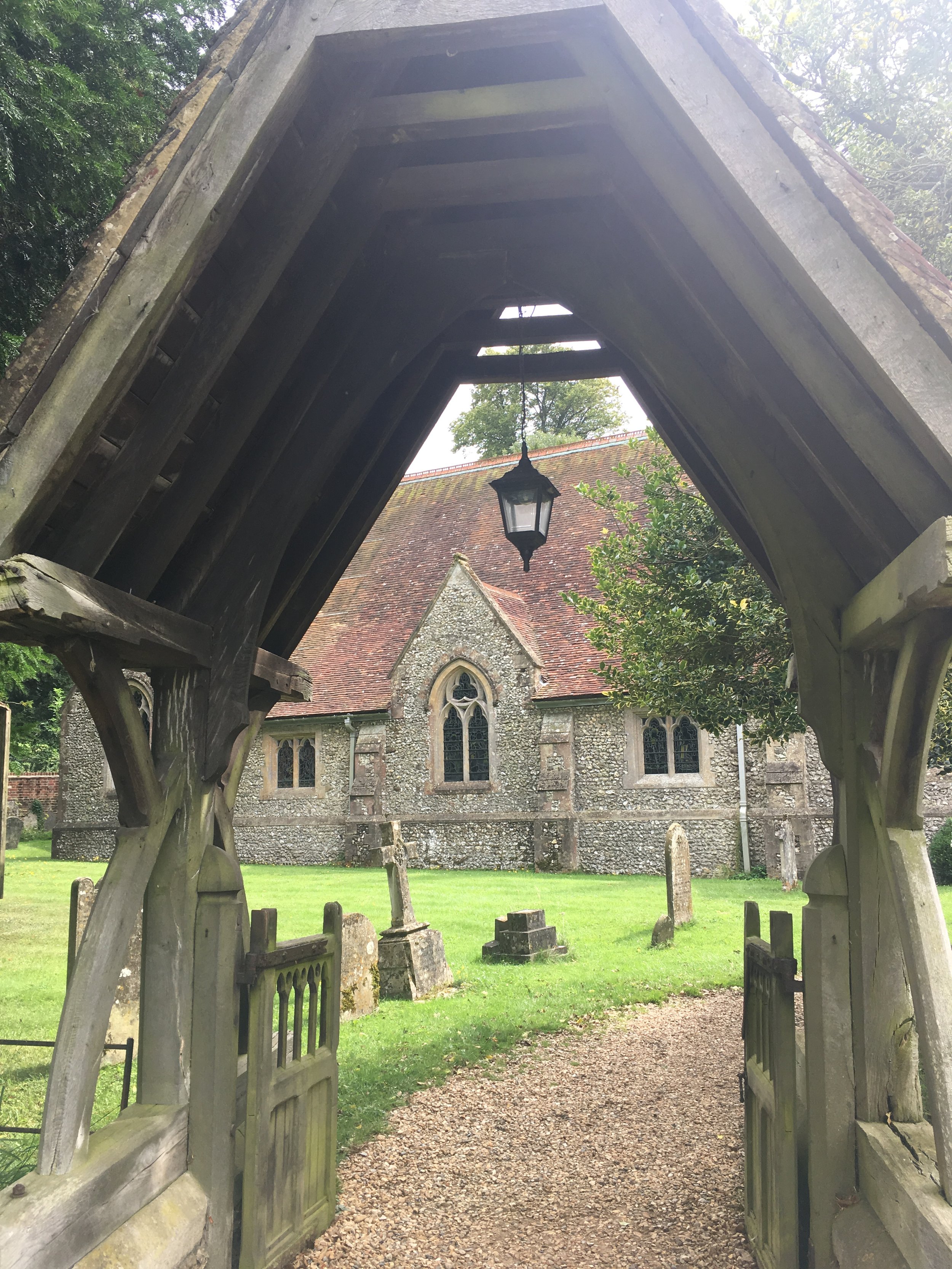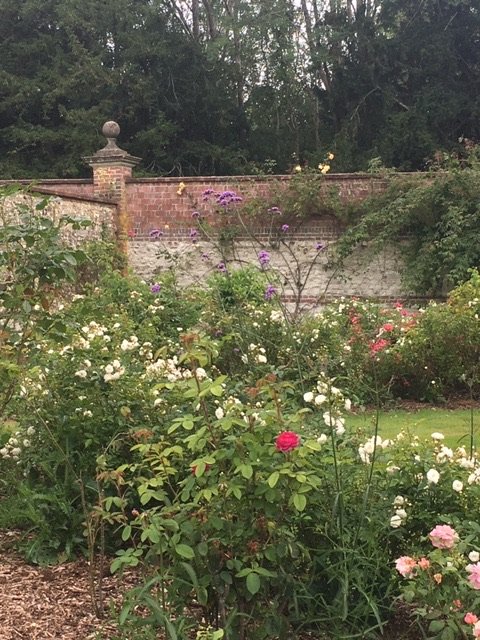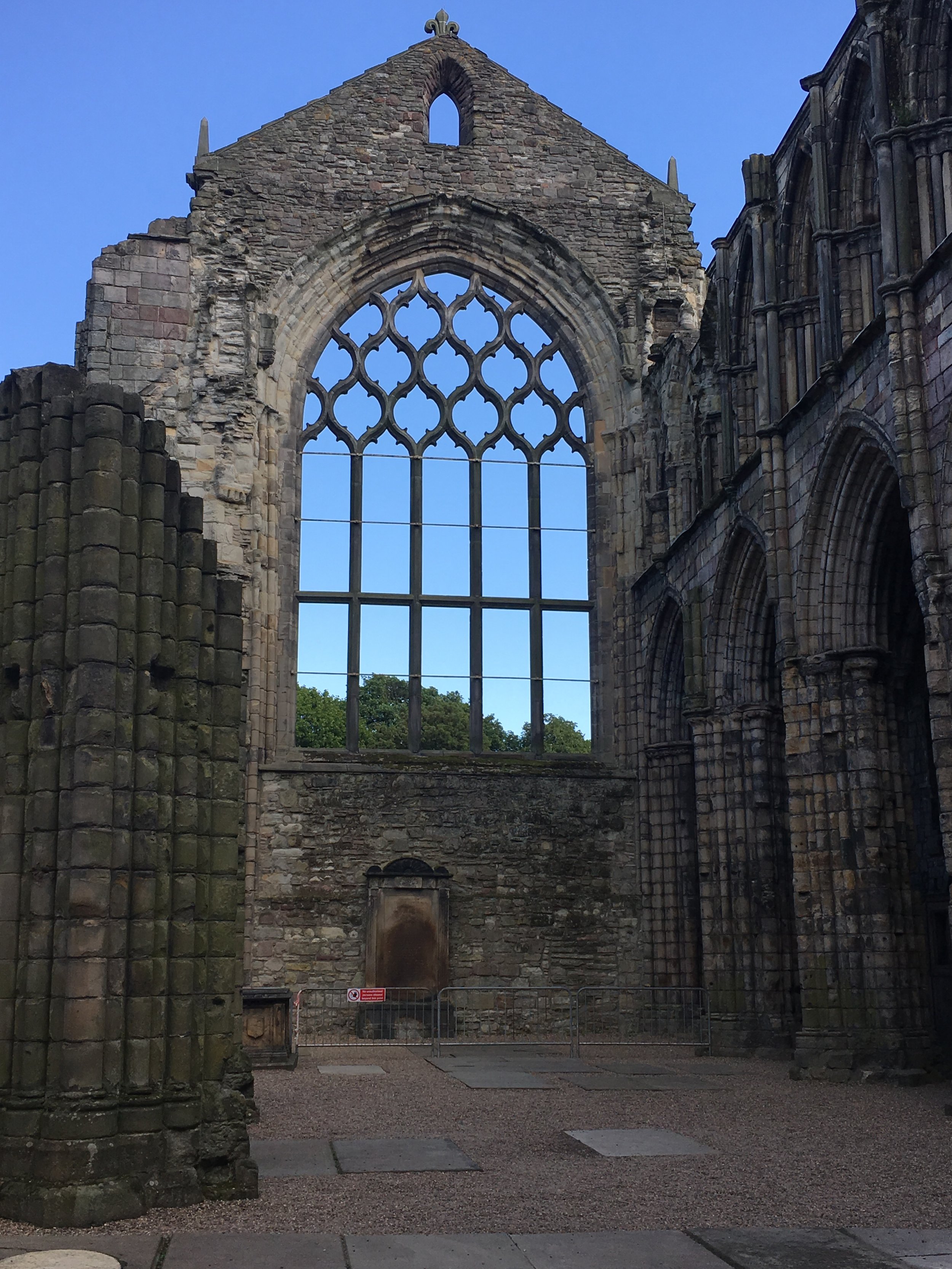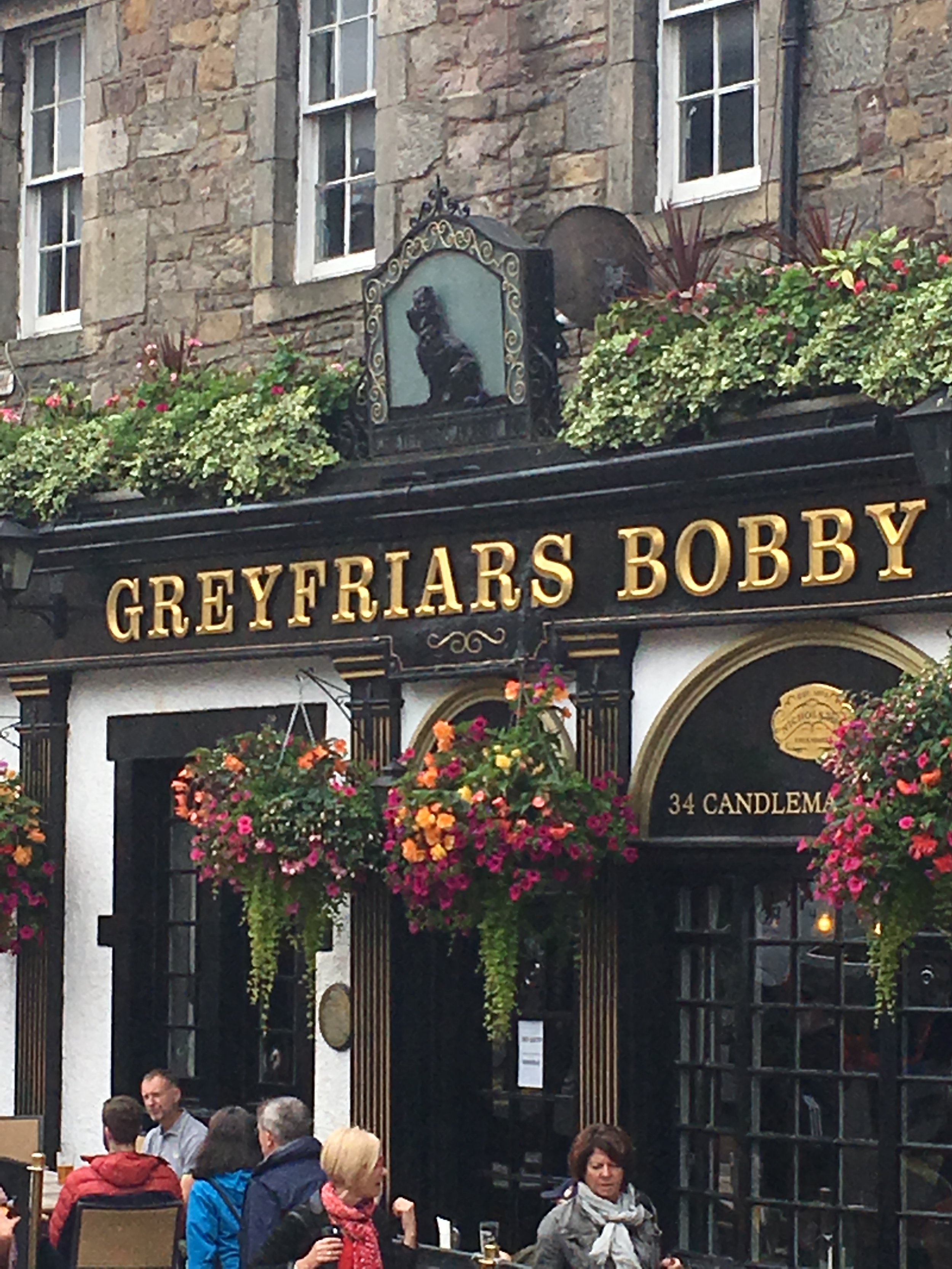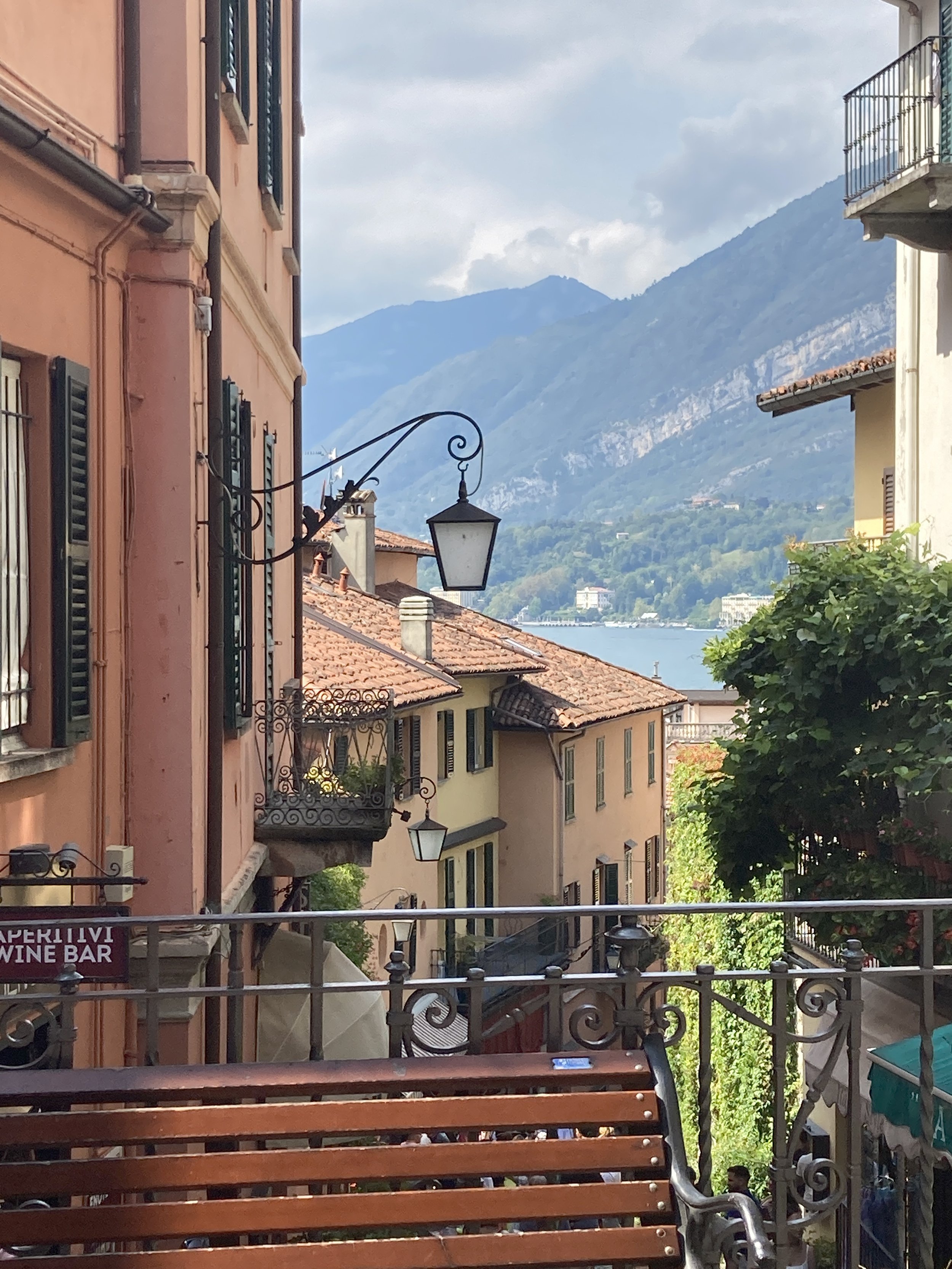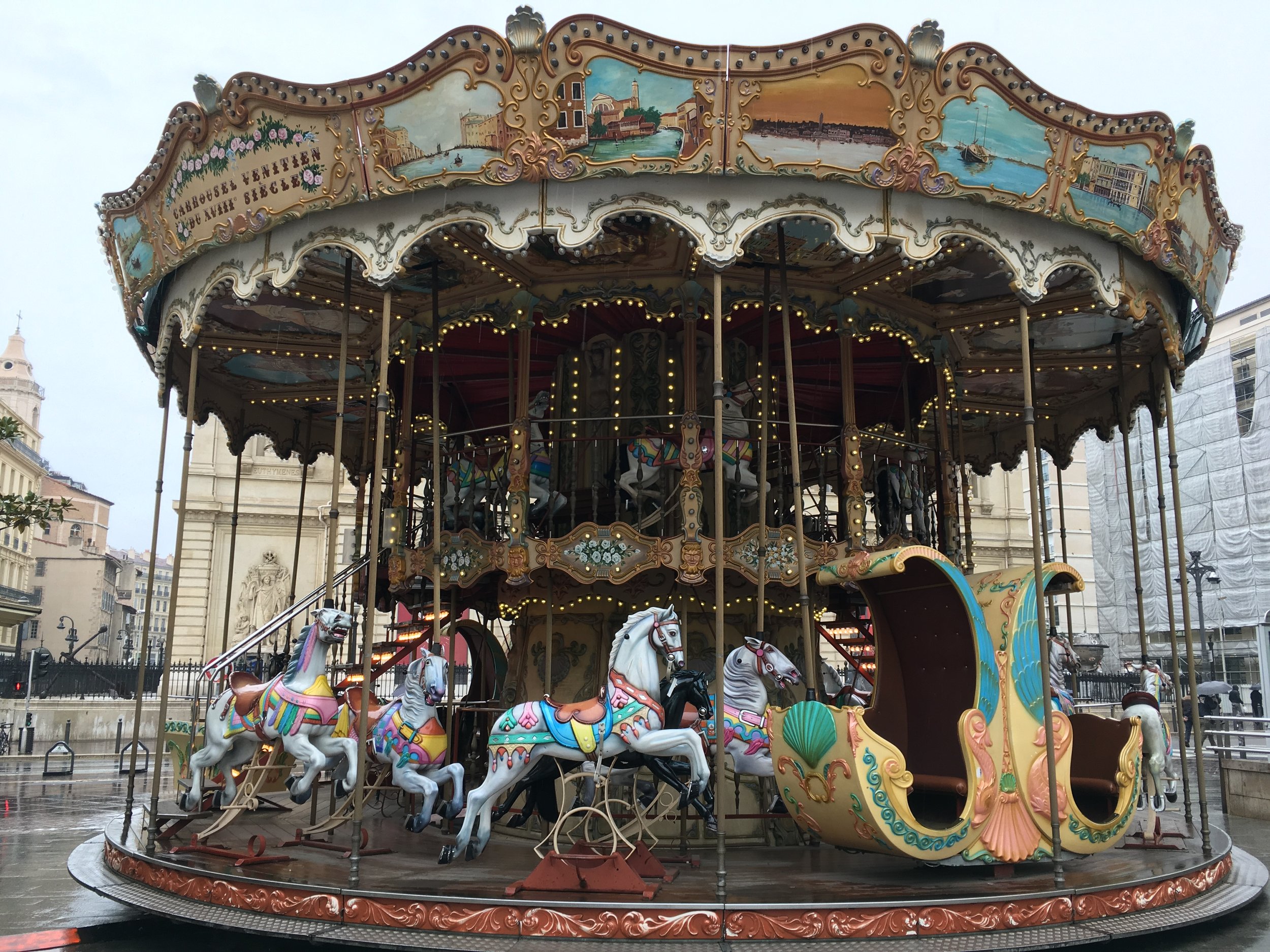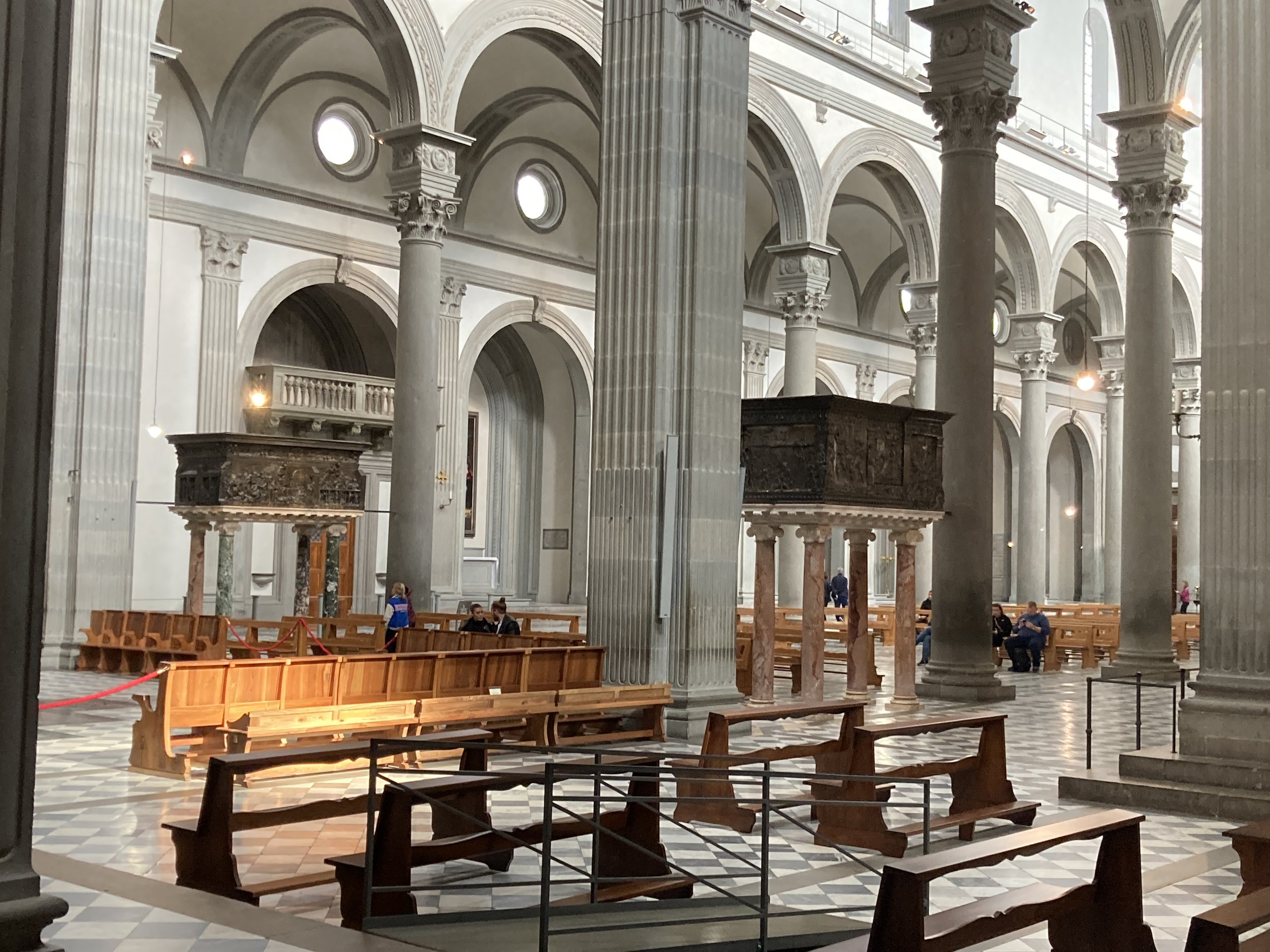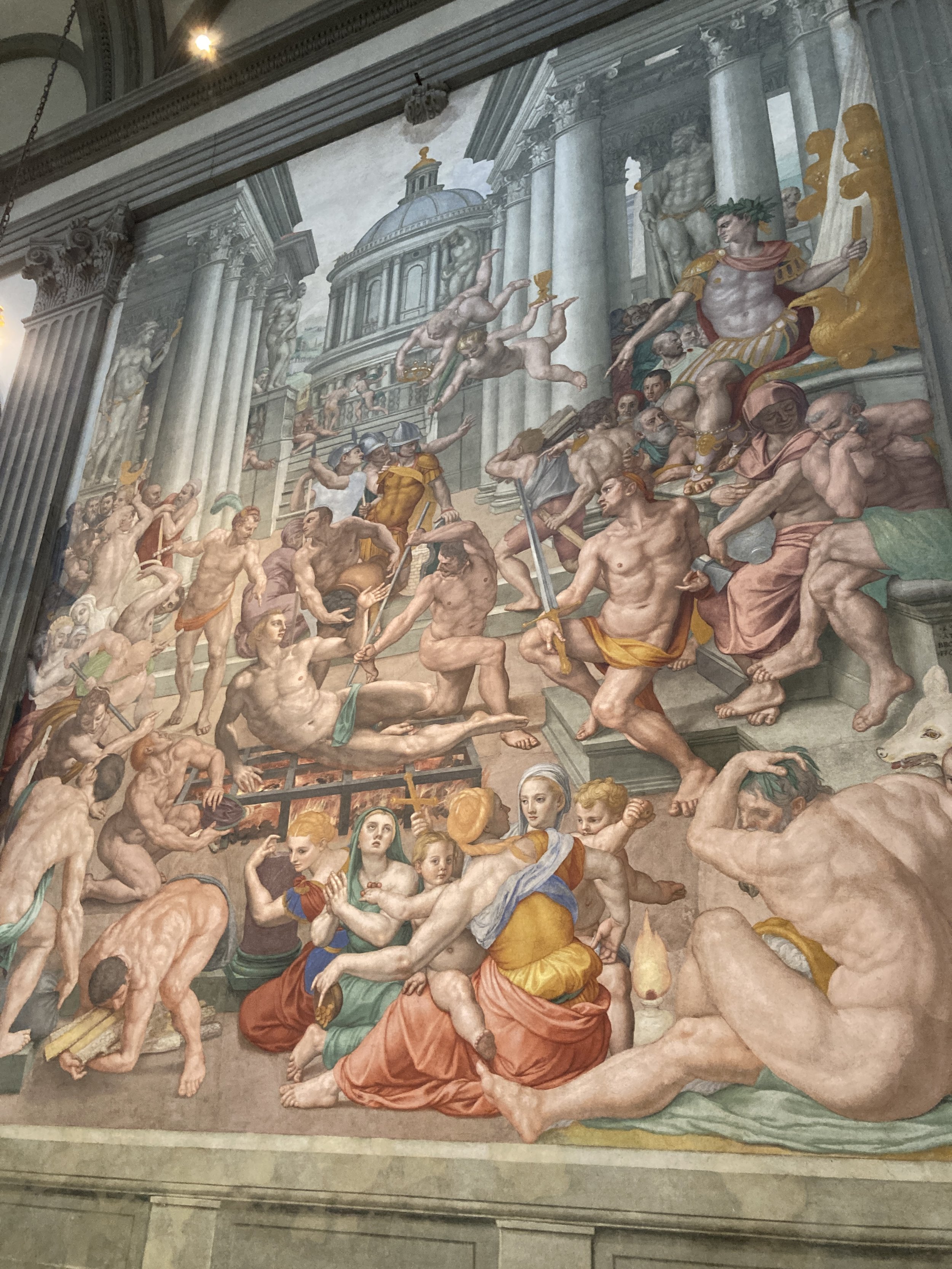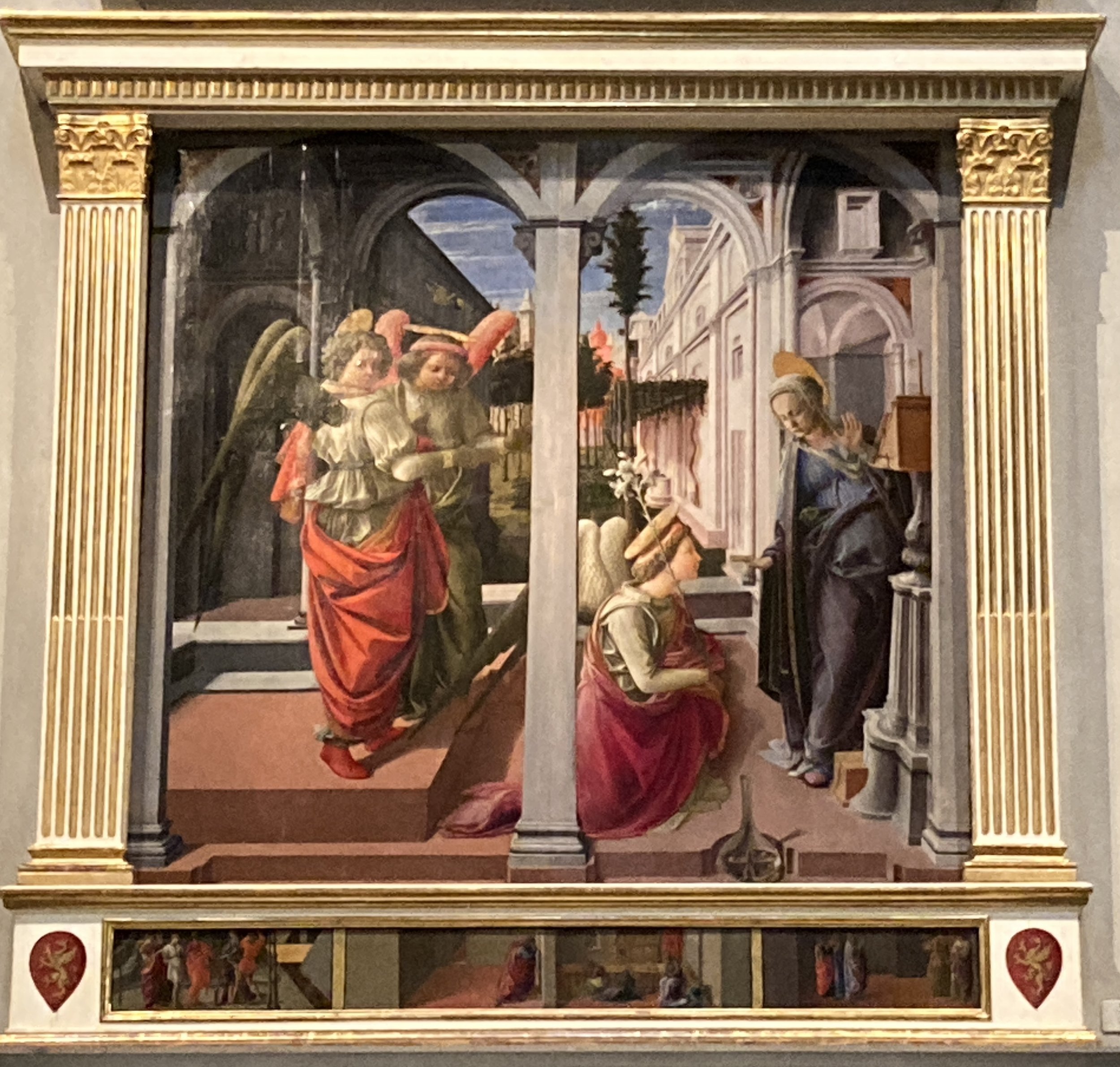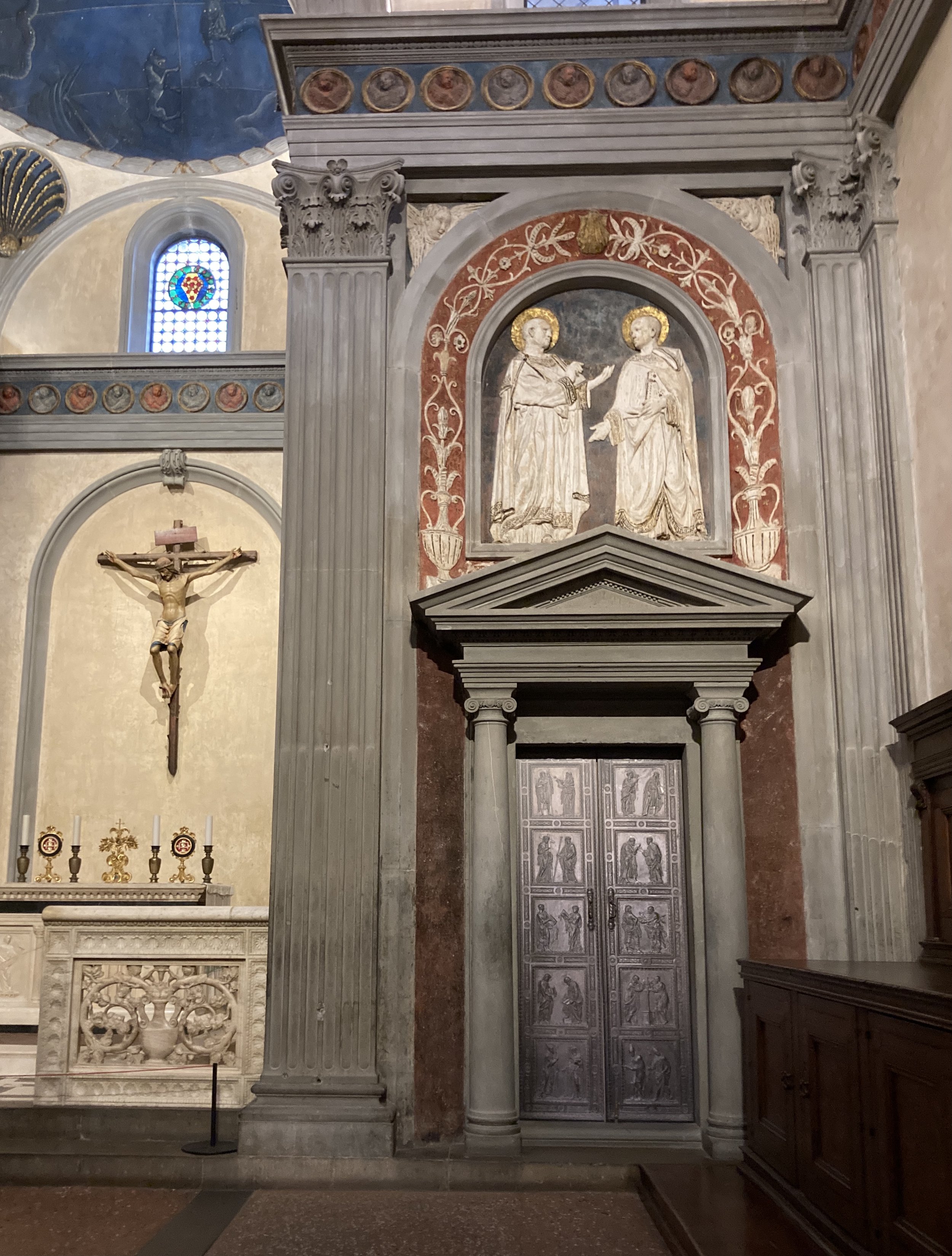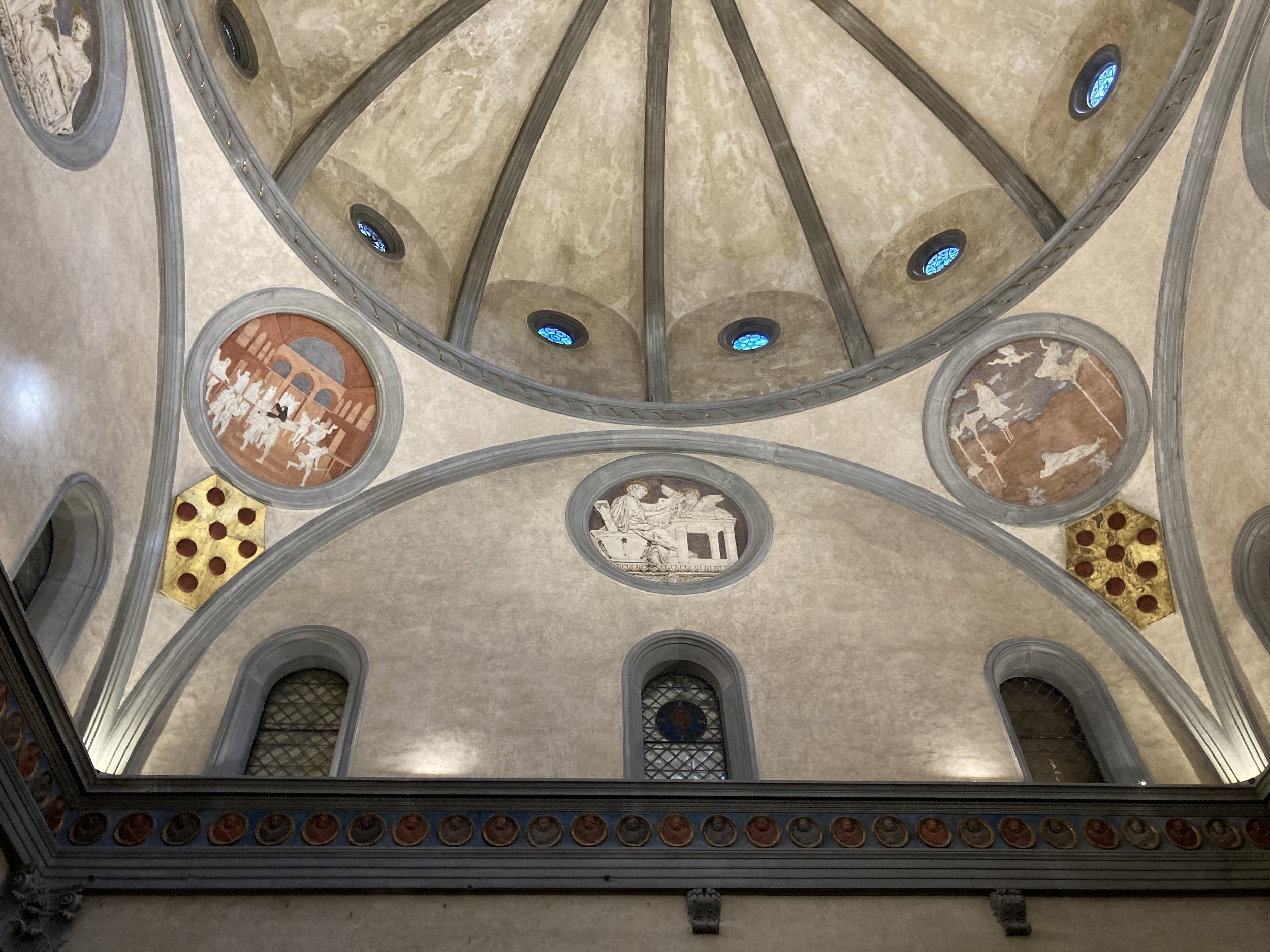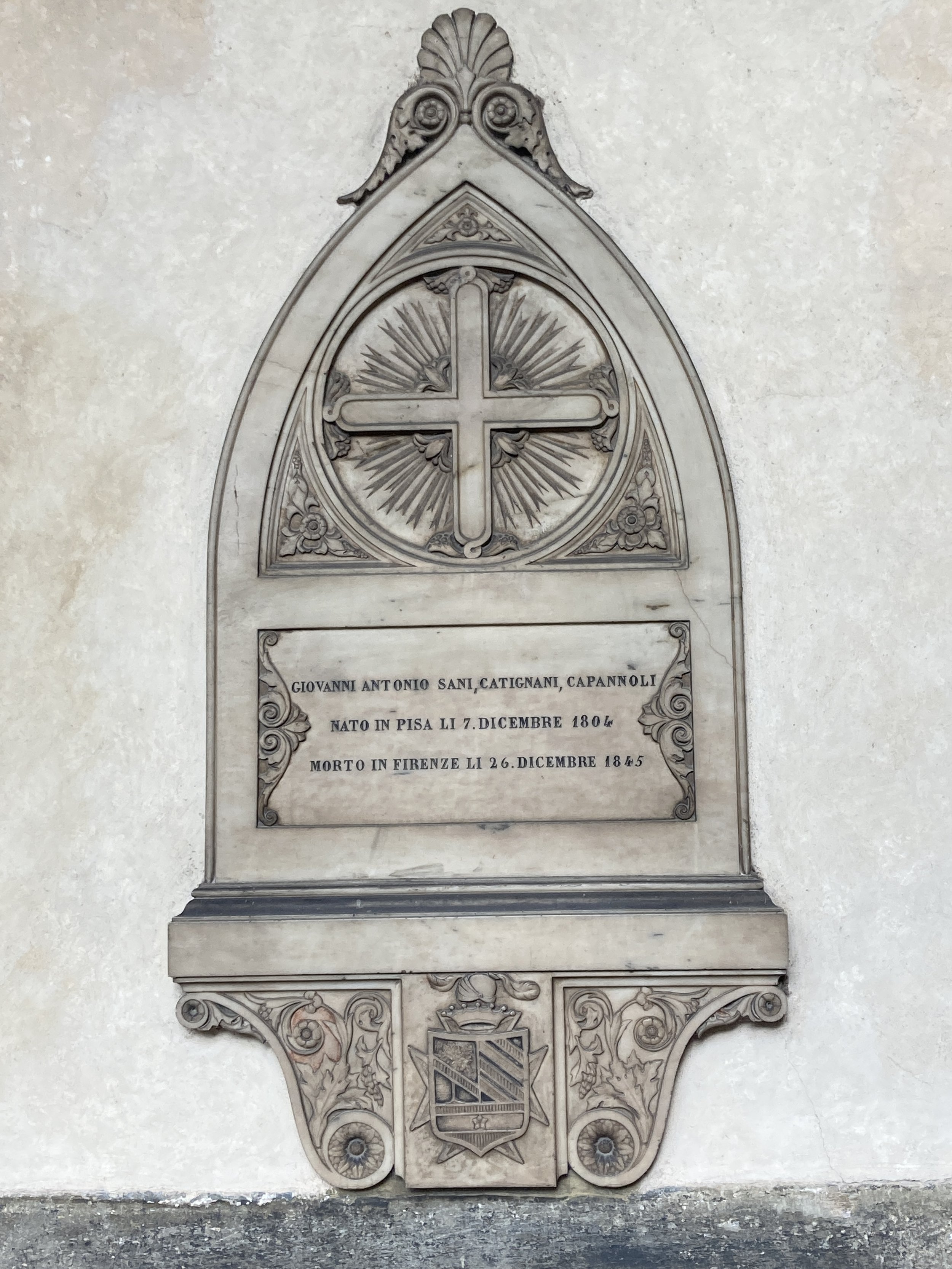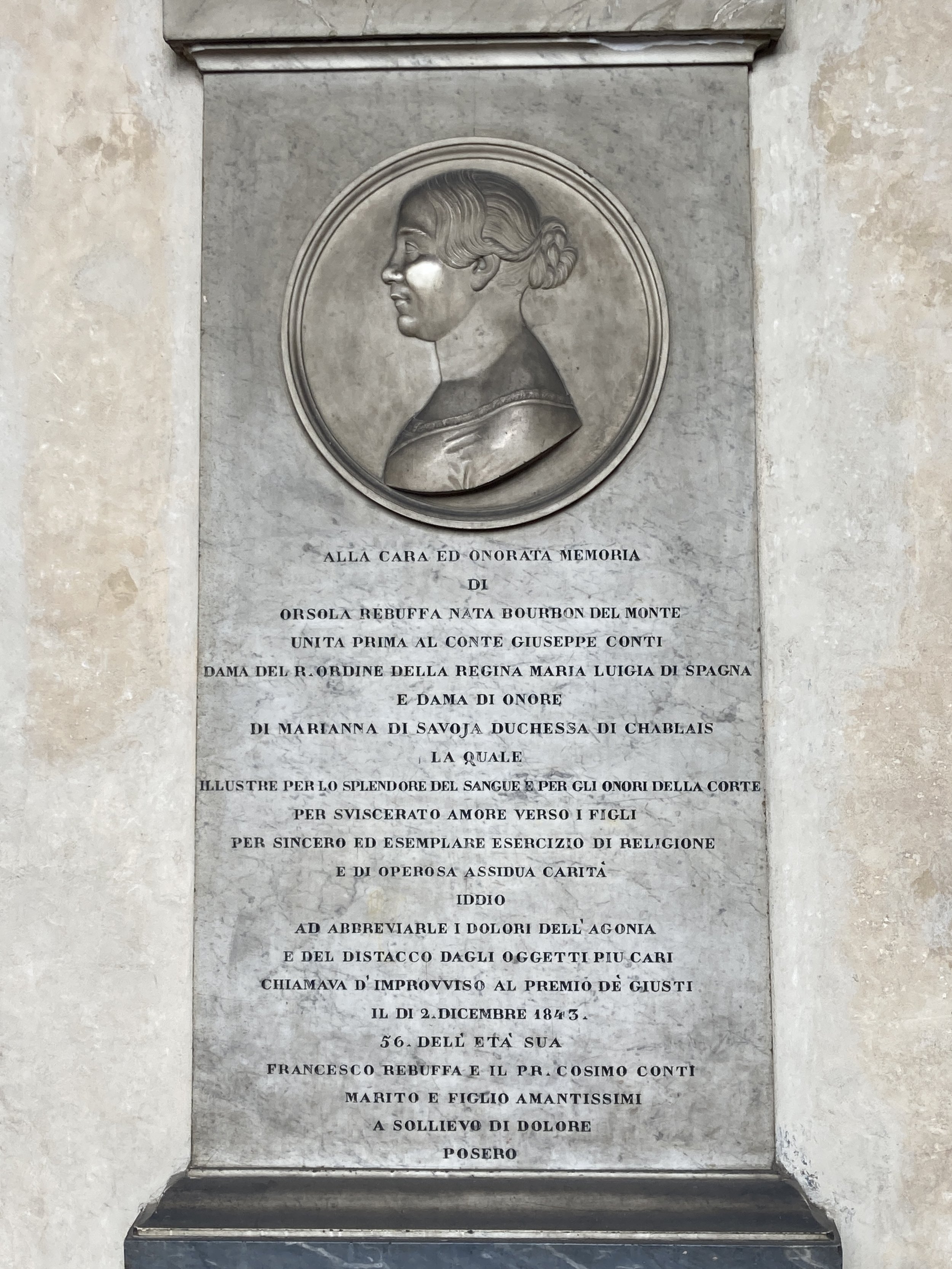Springtime In the Botanic Garden of Padova
The Orto Botanico (Botanic Garden) of Padova (Padua in English) dates back to the year 1545. It was created on land owned by Benedictine monks, with the blessing of the Venetian Republic. The purpose for its creation was the study of medicinal herbs - a pretty important study in times of plague and pestilence, long before the advent of antibiotics and vaccines. The early botanists sought to identify those plants which promoted health and cured disease (as well as the dangerous ones that could harm).
The Orto Botanico continues to be a place of study, international collaboration, and research. In 1997 it became a UNESCO World Heritage Site because of its contribution to, in the words of UNESCO “the sciences of botany, medicine, chemistry and pharmacy”.
In addition to being an important scientific site, it is also a place of great beauty. The enclosed garden, overlooked by the domes of churches on both sides, sits just beyond the Basilica of St. Anthony. Glimpses of church domes through the garden’s trees add to the enchantment of the setting.
The surrounding brick walls, topped with stone balustrades, enclose meandering paths edged with wild flowers, gated formal gardens, a small stream, a variety of trees, and several pretty fountains.
Small buildings showcase carnivorous plants and one very ancient tree. A much larger greenhouse is the center for the study of biodiversity (currently closed to visitors).
On the day I visited (in early April) the garden was blooming with spring flowers. Wisteria, both purple and white varieties, clung to the brick walls. The Irises were just beginning to bloom and the scent of lilacs was in the air.
The Orto Botanico is an oasis of color and fragrance in the middle of Padova. What a great way to spend a spring afternoon!



